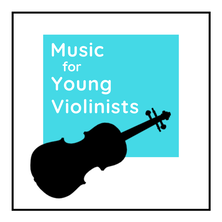|
This will only be up for 24 hours and is from the Fiddle Duets sheet music collection. Friendly reminder that the 50% Fiddle Music and Fun Stuff Sale is almost done and will be going on through February. Happy music-making! Heather
2 Comments
This tune will be taken down in 24 hours. Please scroll down to access the PDF file Enjoy a flash FREEBIE of this great fiddle tune arranged for 2 violins & beginning level. This duet is one of the selections in the Fiddle Duets collection available from M4YV. Click HERE to view the entire collection and see the advanced arrangement of this tune. This was a suggestion from one of the musicians in the newsletter group here, who sent me an email a while ago requesting sight-reading material that violin players could play along with viola and cello players. This is a fun follow-up from another musician named Heather, who just did a guest post for us and shared some sheet music samples that are also perfect for sight reading material - click HERE to learn more.
Have an idea I can help with?
Please post in the comments below, and I will see what I can do. From guest musician & teacher Heather Braden: Would you like to add some extra fun and joy to your teaching? Do you believe that learning to read music should be enjoyable? If so, we are on the same page, and I am thrilled to share that my books of Mystery Songs have been released to the world. I found my students unenthusiastic about reading random notes and open string rhythms every week, so I spiced it up and helped them see the "why" of the random note drills. Students can apply their basic note-reading skills to identify well-known songs. Mystery Songs invite play and intrigue into learning to read music. They bring joy to all involved in this journey as parents and friends are invited to join in the guessing. Students can see that the song remains a mystery if they ignore the rhythm or disregard the key signature! Beginning with simple tunes like "Old MacDonald" and "Twinkle," the lines progress in difficulty in a methodical manner until they figure out "Chopsticks" and more difficult melodies. There are several volumes, including one with the lines written backwards, one with the excerpts from the middle of songs, and another with those two elements combined. A Bonus Bundle is available, gifting you 101 BONUS lines - and providing you with 256 Mysteries to solve. Each volume comes with a teacher's introduction and an answer key. If you are interested in the Bonus Bundle and would like to reach out to me personally at: [email protected], I will honour a special rate until November 20th. *$22 CAN for the Solo Instruments *$50 CAN for the Orchestra Edition If you want to have fun, see how many you can name from the excerpts below. Note that #18 is written backwards! Wishing you so much fun!
The newest M4YV FREEBIE is a 2-page PDF designed to help students practice string crossings. The recent Oh Danny Boy FREEBIE inspired this resource with its beautiful opening made treacherous by a string crossing. These worksheets help guide a curriculum to master technical elements like this and can be used independently to help with other repertoire.
Let's talk about string crossings. To do this, we must go back into history and remember what made the violin so special. Countless stringed instruments in multiple cultures were strung on resonating chambers, such as the lute, guitar, hammered dulcimer and more (Wikipedia has a nice list if you are curious). However, with the addition of the bow to a stringed instrument with a resonating chamber, we then had a string instrument that could imitate the human voice with sustained notes that are shaped and connected. I believe this is our goal as violinists - to imitate the beauty of the human voice with our *bowing. It is a lifelong pursuit, and the art of crossing strings while maintaining a connected sound is particularly challenging. I tell my students that if someone was closing their eyes and listening to them play, it should sound like it is all being played on a single string. *Specifically for lyrical music, not for specific genres that emphasize other qualities of the violin. So, how do we cross strings with finesse and sonically hide the gaps our bows have to encounter? Working with a skilled teacher will guide a student toward this skill; like many things in our work, it does not compact nicely into a blog post. However, concepts include: 1- Raising & lowering the bow arm to the plain of the string. 2- Anticipating the coming string by changing the angle of the preceding note. 3- Practicing passages with as many bowing combinations as possible to synthesize a connected sound. This last point is where these worksheets are useful. They extract 3 notes in 3 locations of the bow and offer 24 different ways to practice these 3 pitches to develop elegant and singing string crossings. These worksheets were inspired by the opening of Oh Danny Boy (get PDFs of this piece here) but apply to any beginner-intermediate level student seeking support for mastering the skills of smoother string crossings. Can you just teach this concept to students without a worksheet? Absolutely; however, sometimes, a student makes the best use of their practice time with a visual guide. I am always curious to know your thoughts in the comments - how do you teach string crossings? Enjoy some PDFs of the classic lament Oh Danny Boy in the keys of F, G & D Major. Perfect for beginning-intermediate level violinists. If you are interested in learning more about this iconic tune, there are plenty of articles on the World Wide Web to share its history, the lyrics and famous renditions. I have long believed that beauty tells its own truth, and our hearts understand messages like these and that sometimes involving the brain breaks this sacred communication pathway, so I will refrain from sharing any historical data about this piece here. I will, however, share a beautiful version of this tune below.
Sometimes, you don't need a full-scale book, 4 octaves of notes, multiple fingering options and all the extras like relative minor and chromatic scales (though these are all fantastic and have a vital place in pedagogy). Sometimes, you only need a simple scale sheet to teach a simple concept. These G & C major scale sheets are just that - simple. I created them to help a student work on their marching, as a visual guide and to provide basic repetitions to integrate marching while playing, but they can be used for a multitude of beginning-level violin skills. Scroll down to the end of the post to access your PDF files.
Eeek! High 3rd Fingers (or Low 4th Fingers) - New FREEBIEs The time has come, and a beginning violinist has just encountered a piece with a new geographical location for the 3rd finger - what do we do? First of all, congratulations! This is so exciting and takes a little support, but soon you will feel comfortable with this new technique and thrilled to play this new tune that has enticed you. Next, we want to take the old and add the new. What does this mean? Keep scrolling to learn.
Whether you are a student or a teacher, it is really important to implement this concept of using an existing aural template (or physical technique) and augmenting it with the new technique to make learning natural. While it will still be challenging, we can avoid defeat by working like this. My student recently shared a super neat piece she wants to learn - it's in the key of G Major (1 sharp, a very standard key for us violinists), with G#s and D#s (requiring either high 3rds or low 4ths) all over the place - WOW, this is taking it to a new level! The free PDF downloads above will help you tackle a situation like this. We will use your existing knowledge and aural template of major keys, beginning scales and easy tunes. It seems like a lot with 6 pages in total, but simplicity will emerge after you peek at it. It should all sound familiar - these are simplified 5-note major scales and easy pieces Twinkle & Mary Had a Little Lamb, but with new, fancy, sophisticated high 3rds (and then the same music but with using low 4ths). "Hey, wait a second. I need some clarification. Why is this all in the key signature of G major?" Great question; these study sheets are all with only one sharp because this is often what we encounter with our actual sheet music when we get new repertoire with accidentals. "What's an accidental? Sounds like the word accident, which is not what I am going for in my music." Accidental is a term for a note (aka pitch) that is outside the key signature. For example, if we have a piece in the key of C major (which has no inherent sharps or flats), a G# would be an accidental for this key. The world of music making, especially violin playing, is full of misnomers, and I have written about 3 common ones here (and the comments share more food for thought). How to use these study guides? Some students must use the "guitar position" (sitting with the violin on the lap) and pluck the exercises before doing as written with the bow. This is especially important for violinists like me and prone to excess tension in the left hand or violinists who struggle with proper left-hand technique due to recently sizing up to a new instrument or where they are in their development. There is inherent repetition within these sheets; some students will need to do all the exercises daily for a month, and some will be able to grasp the concept by just utilizing one portion. We are all unique, and these guides can be tailored to where a violinist is at in their development. Catch a mistake? To error is human; I always double-check my work, sleep on it and then check it again, but from time to time, I make a mistake. Gold stars to anyone who catches a mistake and sends me a friendly email to fix it. This project is a labor of love, and your help is appreciated! Also, please reach out in the comments below to share your innovative ideas for approaching this issue with your teaching and practicing.
In this post you will learn what a double-stop for the violin is, the top 5 benefits of using double-stops and be able to download free double-stop PDF printables for beginner-advanced level violin. Double-stops on the violin are when two notes are played simultaneously and part of what makes the violin repertoire so thrilling, gorgeous, and sublime. See the image below for an example of how this would appear in a score. The term "double-stop" is a bit of a misnomer and can be confusing because nothing is actually stopping in the verb sense of the word stop (i.e., to cease or end). The term double-stop makes more sense when we think of "stop" as a noun referring to a location such as a bus stop. For violinists, the location refers to pitches on the fingerboard. When a request for more double-stop content from the M4YV project came to my inbox, I was an instant YES due to my captivation with this aspect of violin playing. I love double-stops so much that they are one of the reasons I play the violin! Double-stops are not hard, but they are different than playing on a single string. For some of the players here, it will be a new technique, which makes this the perfect time to remind us that new does not equal difficult, but without the proper mindset, new can be interpreted as feeling difficult. Keep reading to learn the 5 benefits of double-stops on the violin. 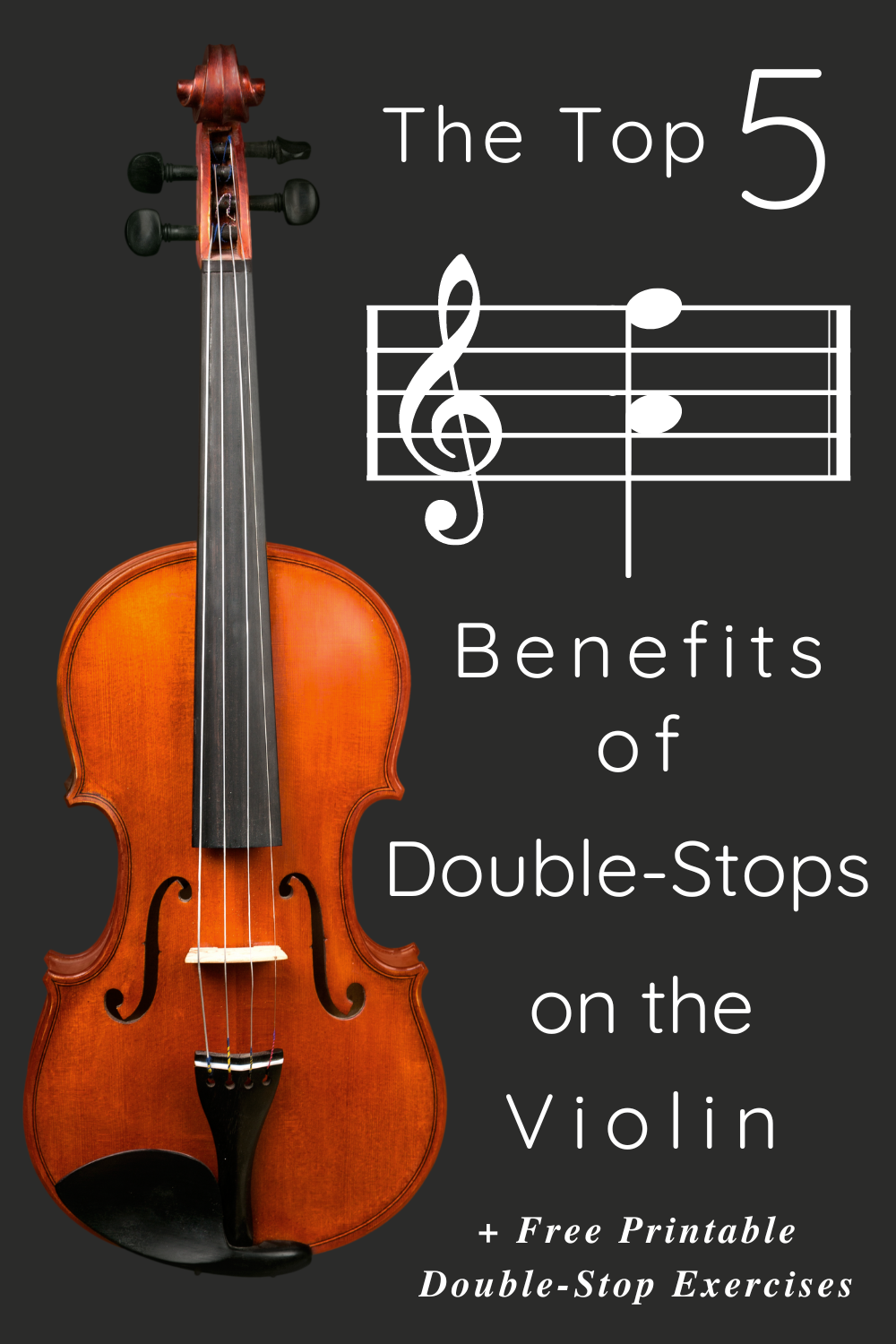 The Top 5 Benefits of Double-Stops on Violin:1- Improved intonation: Double stops help to hear pitches in relationship to each other, and this process leads to better intonation because intervals are more evident in the ear. 2- Learning block fingerings: Double-stops require using "block fingerings," where two fingers are placed on the fingerboard simultaneously. Block fingerings are more sophisticated than using a single finger at a time and help to develop skill. 3- Better understanding of whole & half steps: Double-stops fortify an understanding of whole and half steps because when using block fingerings, the fingers will feel the proportions of a whole and half step in relation to each other. 4- Advanced bow control: In the same way that double-stops require the left hand to use two fingers at a time, the right hand also needs to double it's playing requirements by refining it's control over two strings simultaneously. When we begin playing the violin, we work with focus to play just a single string at a time. When we start learning double stops, we exert focus to play two strings together with control and precision. 5- Advanced repertoire: The most magnificent repertoire composed for the violin uses double-stops, including but not limited to: J.S. Bach's 6 Sonatas & Partitas for Solo Violin, concerto cadenzas, and mesmerizing fiddle playing. Check out the videos below for some amazing examples of double-stops in violin repertoire.
Scroll down a bit on the page to find these FREEBIES to help learn and play double-stops. What are your favorite double-stop compositions?
Please share in the comments below. Scroll down to download the file for the next 24-hours. On September 11, 2001, I was scheduled for my 1st day of teaching at the Levine School of Music in Arlington, Virginia. Earlier that day, I was at a faculty meeting for a different school when the news of the planes flying into the Twin Towers hit. I remember a colleague brushing it off but intuitively knew something was not right. As I headed from that meeting towards what was supposed to be my 1st-day teaching, another plane hit the Pentagon in Arlington, VA, and all plans for normalcy were suspended indefinitely. I headed back to my apartment in Maryland and bought a TV to watch the news and understand what was happening. That was 20 years ago and a defining moment in our nation's history. The Flash FREEBIE being shared today is titled Annabelle and Toby. It was composed from this period in my teaching career and comes from the Music for 4 Violin, Volume 1 collection. It's a neat piece because it combines multiple playing levels, features an accessible 3rd position part (fun for the player new to this skill), flashy technique (like left-hand pizzicato), and is easy to memorize. Students absolutely LOVE THIS PIECE! Sorry, you missed this flash FREEBIE, but there are tons of other FREEBIES on this page:
We live in a world of great contrast, and the only fair thing is that everyone gets 24-hours a day. What we do with these hours makes the biggest difference in our lives, and I have created habits, which include auditing how I use my time, that help me set my life up for accomplishing my dreams and staying focused. Download the 15 Minute Time Tracker (Free Printable) below and access a previous version on the FREEBIES page.
I recently had an eventful four months: getting COVID-19, finishing my Bachelors of Science in Nursing (Summa Cum Laude), applying to *Doctoral programs, having surgery (again), and moving to a new apartment which was accompanied by some significant life changes and losses. This period of time was surrounded by grace, but it was intense and difficult to stay on course. One tool that helped me was this 15-Minute Time Tracker to help me stay focused and ensure that my use of time aligned with my goals. For those of you who are new to the M4YV project, you may not know that I have a long-term dream to combine the arts with healing and plan to bridge my decades of experience with music with medicine. I do not use this time tracker every day, but at least 2-3 days a week, it helps me stay on track. I use the "Top 3 Goals" section to list the tasks I hope to accomplish but are not my favorite but need to get done. This usually includes following up with insurance to pay medical bills, getting my computer fixed, and making a dental appointment. The other parts I use to stay organized. I will then list the scheduled parts of the day and create a draft of what my day will look like. Rarely the day sticks precisely to this draft, and occasionally, I use the same sheet for 2-3 days at a time. However, it helps create a framework to stay on task and work towards my dreams. Overall, this simple tool has been very useful for me, and somewhere I once heard a quote that stated something to the effect of "we tend to overestimate what we can accomplish in a day and underestimate what we can accomplish in a decade." This rings true for me, my days are ambitious with what I hope to fill them with (I am a lover of learning), but when I review what I have accomplished these past 10-years, it astounds me. *I am honored and excited to begin at Frontier Nursing University in the fall of 2022 to work towards my Psychiatric Mental Health Nurse Practitioner degree. Stay tuned for how this unfolds, and thank you for your support. Hey, I love sharing and want to invite you to my FREEBIES page for tons of innovative free downloads: Click HERE for more joy!
Interested in more ideas for staying organized and support to reach your goals? Check out the Goal Planning sheets. The Best of the FREEBIES is the newest offering from the Music for Young Violinists project and is a 30 page eBook collection created to celebrate the most popular M4YV FREEBIES featuring 25 pages of music and teaching materials to help you bring out the best in your music making! 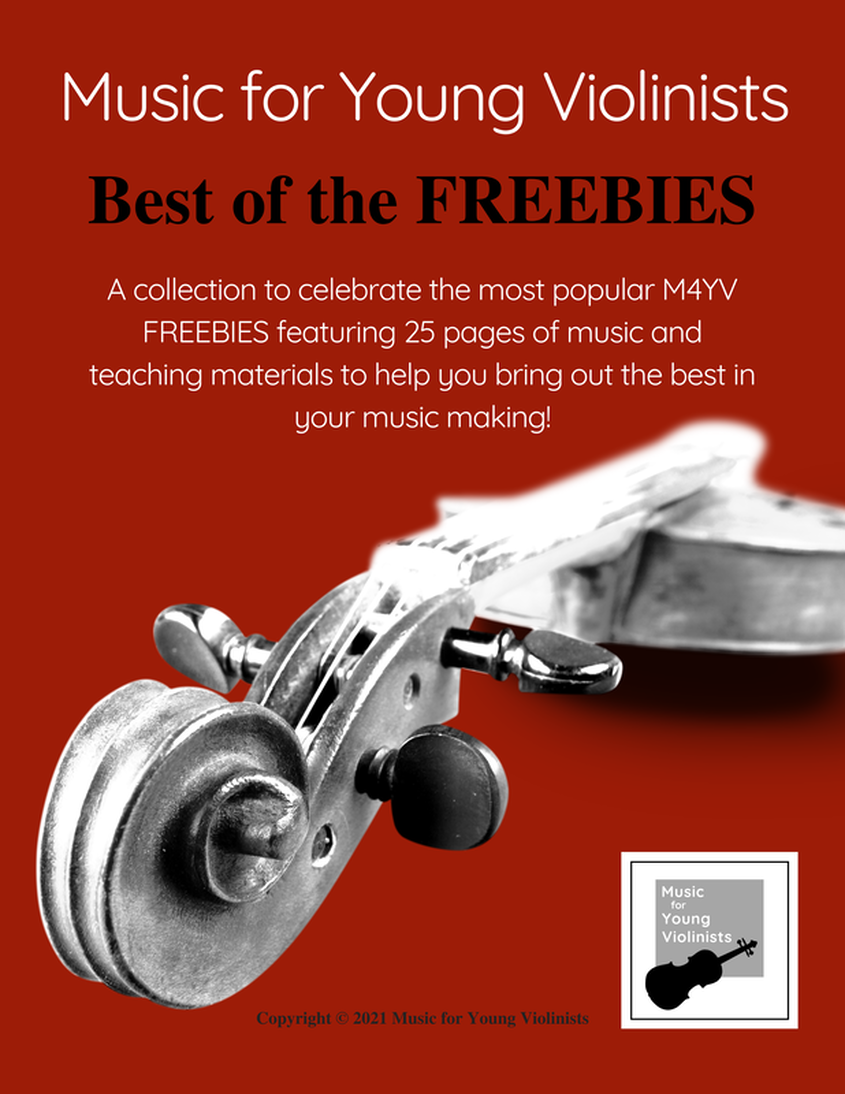 Even though we may never meet in person, it thrills me to connect here with our shared love of music and all things violin. Every day the M4YV project connects musicians from all over the globe: Australia, Argentina, Bahamas, Brazil, Canada, England, Finland, France, India, Ireland, Mexico, New Zealand, Norway, Philippines, Poland, Portugal, Puerto Rico, Serbia, South Africa, Turkey, United States & More! I feel so grateful to do this because my biggest passion is to help bring more music into this world. I currently work full-time as a registered nurse, and I created the M4YV project to celebrate and archive this special part of my life. I hope that sharing my 25 years of teaching experience with you will help you advance your violin skills, support your young musician(s), and deepen your knowledge of violin pedagogy. When writing this (December 23, 2021), this project hosts:
If you are ordering this collection on the M4YV store, you will be signed up for the newsletter, will be the first to know when a new FREEBIE is posted, and on a special email list that gets announcements about flash sales. You will also be notified of innovative teaching and practice tips available on both my blog and video series to help keep your music-making inspired so you can reach your goals! Happy Music Making in 2022!!!
We have 2 more versions of the Jig for Fun: D Major for Violin & Da Major Viola (+ a *duet coming soon) Thank you to an awesome violin teacher in Perth, Australia, for suggesting this. I love hearing from you, and when time permits, I am so happy to honor requests such as this one to transcribe the Jig for Fun. Thanks for the encouragement and for making more music in this world!!! Are you interested in more fiddle music? I have many collections of sheet music HERE and will share some of my fiddle tutorial videos below. 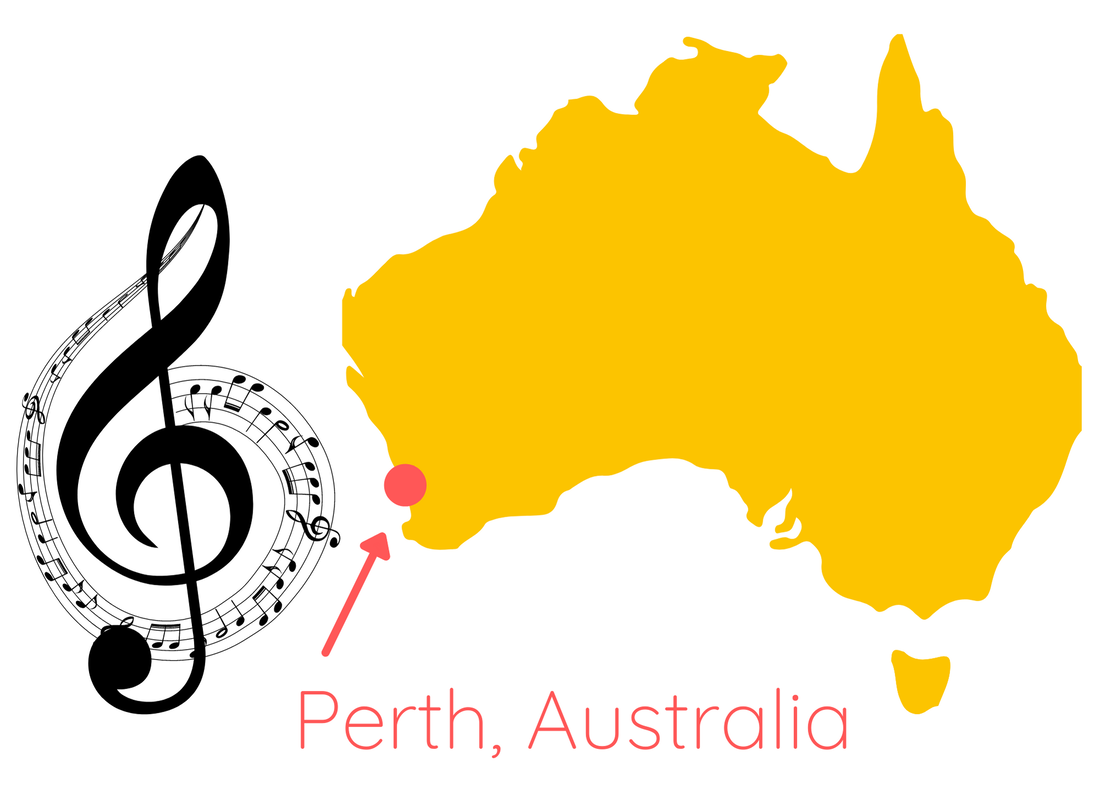 Even More Fiddle Fun:
It was one of those weekends where I was going to post this three days ago (and the day got busy), then two days ago (again, a busy day), and then one day ago - phew, ever have one of those experiences? Forgive me in advance if I missed typos or do some weird grammar; I decided that done is better than perfect and gave myself a 15-minute challenge to get this posted and out to you. This Flash FREEBIE is a fiddle tune - yay, and can be downloaded below for the next 24 hours.
You can also check out the store to take advantage of the final days of the annual Back to School Sale, where all sheet music is 50% off regular prices. Happy Music Making! Heather PS - If you missed it, here is the last post that shares my puppy and the gift I send in the mail with w/every order. Warm-Up Routines for Violin (tutorial video & PDF chart) uses a simple but powerful open string exercise to learn 13 different technical exercises for beginning, intermediate, and advanced level violin. This resource is for both teachers and students. Teachers can use this to help create a framework of goals to help their students advance the quality of their music-making while developing technique and tone production. This resource is also designed for students to identify what level they are at and take responsibility for ensuring they accomplish the expectations that should be studied at that level. By the end of this tutorial you will learn: 1- Why it is so important to do this warm-up, holding on to the edge of the violin even if you are no longer a beginner. 2- Another reason why every violin teacher should purchase a roll of painter's tape (seriously, this stuff has no end of useful purposes & you will thank me later). 3- A weird but super cool way to use the violin to play the bow (yep, that's not a typo, you read that correctly). Watch the tutorial video below and download the free accompanying PDF chart on the M4YY FREEBIES page. Learn more about the "Violin Teaching Supplies - From a Hardware Store" video referenced in the Warm-Up Routines for Violin tutorial below. Learn more about the "Tiger Paws & Table Corners" technicals also referenced in the Warm-Up Routines for Violin video below. Scroll down for a new, 2-page G Major arpeggio study, free PDF download. This will be the 1st in a series of 4 new arpeggio FREEBIES, and I am confident whether you are a beginner or a veteran teacher, you will find something new in these resources to help you bring out the best in your music-making. Arpeggios are beautiful just as they are, but even more rewarding is that we learn pieces faster when we devote practice time to our arpeggios. How? Because arpeggios are the "ingredients" that make music, think of arpeggios as the tomatoes and music as the spaghetti sauce. To celebrate this new series of FREEBIES, all of the M4YV arpeggio and scale sheet music collections will be 60% off from now thru the end of the month: One Octave Scale and Arpeggios for Violin One Octave Scale and Arpeggios for Viola 13 Bowing Patterns for Scales 7 Bowing Studies for Beginning Violin
Thank you so much for being a part of the Music for Young Violinists project! I have a free gift for you to say "Thank you!" and help you stay focused and encouraged when reaching your dreams & goals. Click on the image below to access your Rainbow Goal Setting Sheets for $0.00 for the next 24 hours. "A dream without a plan is just a wish." This resource will only be available as a FREEBIE for 24 hours. Need more inspiration?
Bookmark the ever-growing Music for Young Violinists FREEBIES page. This gets updated frequently, and I do not always get a chance to update the newsletter list with added content. Free sample of the A Major bowing patterns and 50% off sale of the entire collection only available thru Sunday, November 8, 2020. Students need repetition to master any skill. The studies in 13 Bowing Patterns for Scales + Harmony are perfect for creating a structure for this success and will benefit the beginning-intermediate level violin player in the following ways:
How to Use the Bowing Patterns: 1st - Do the bowing pattern in the air while singing the scale. 2nd- Play on the violin, mastering one pattern at a time. Do not go on to a new pattern until you are consistently successful with the previous pattern. Some students find it easier to start with the patterns on the second page. 3rd- March a quarter note beat while air bowing and singing the scale. 4th- Play on the violin while marching the quarter note beat. 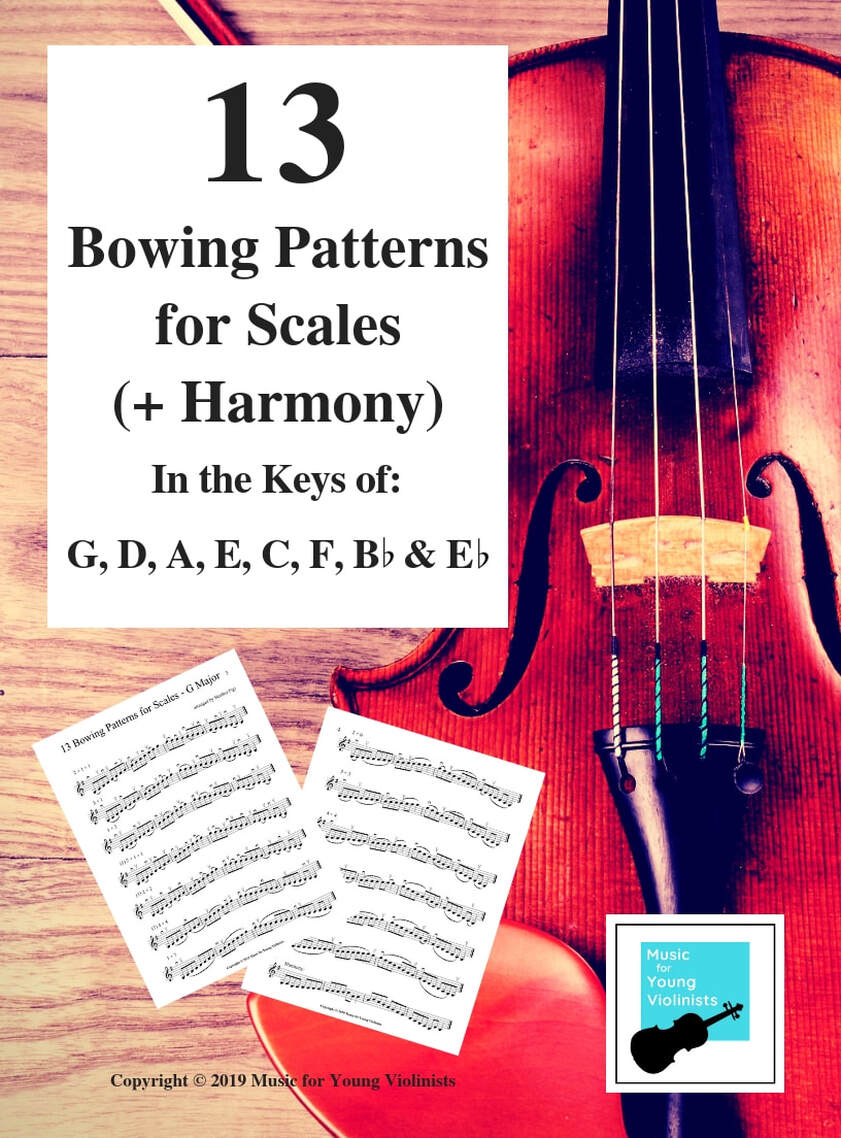 Need something fun & modern with harmonics & double-stops? Keep scrolling to download The Willamette, a modern fiddle duet, available as a free download for the next 48 hours. You may recognize this sheet music as the artwork in the Music for Young Violinists newsletter headers.
Players love this piece because it is so catchy. Teachers love this piece because of all the technique hiding inside. Everything in the Music for Young Violinists store is still 50% off as a part of the annual back to school sale. Sale ends September 26. Happy Music Making! The M4YV FREEBIES page has been getting organized and is growing! If you have not recently visited this page of 130+ free downloads, you may enjoy some recent additions, including: Rainbow Scales for Violin & Viola - Use these LARGE sized musical staff charts with students to help learn note names and use them as a reference and color in the half notes for fun. Many of us are looking for distance ways of connecting with our students right now, and these free charts are perfect for beginners to study the musical staff. Get creative with how you use these and please send me a picture of your ideas at [email protected]. Samples from the Double-Stop Études (Violin & Viola)The most recent additions to the Music for Young Violinists project include Double-Stop Études for violin and viola titled: 5 Progressive Double-Stop Études for Violin and Viola, composed by Heather Figi. Several resources from these collections made their way to the FREEBIES page, including:
1- Interval Charts (in color and black and white) - This is another fantastic activity to email to your students for distance learning. The black and white version is unlabeled so students can study the intervals and write in what interval is represented by themselves. 2- New Spring for 2 Violins - This duet contains double-stops and is also transcribed for solo instruments. 3- Preparatory Exercises the 5 Progressive Double Stop Études (Alto Clef) - Each 4-8 measure section correlates to a longer étude. Some students will be able to learn all 5 in a week, and other students will need more time to learn the 5 preparatory exercises. Do not move on to the full études until these five preparatory exercises are mastered. Download 2, PDF printable charts on the FREEBIES page (click here) to learn music theory intervals. The rainbow-colored interval chart lists the names of the intervals and makes a great studio poster. The black and white chart is unlabeled and perfect for printing out for students to have them write in the names of the intervals. These two charts are also included in the 5 Progressive Double-Stop Études for Violin, composed by Heather Figi, available here at the Music for Young Violinists store as an instant download.
Click HERE to learn more about this resource. Should students be able to play better than their teachers? This is a lofty goal, but a fun challenge that propels me forward and is the impetus of the newest resource from Music for Young Violinists: One Octave Scales and Arpeggios It all started when I was 13 years old & my teacher said to me "if I am doing my job right, you should be able to play better than I did at your age." I was stunned because it never occurs to you to advance higher than your teacher. Years later when I started teaching, I took this concept to heart and was determined to advance my students in a more streamlined way than I learned. I view this as a part of the continuum of humanity. As we discover how the brain works and how myelin is developed, then theoretically, we should be able to produce better students than ourselves. That is why I created the One Octave Scales and Arpeggios resource for beginning-intermediate level students. I found my students learning Bach & Vivaldi concertos (Suzuki Book 4 level) and ready for a full, 3-octave scale system to add to their curriculum. However, in my experience even if a student was learning repertoire at this level, their ear had not yet been trained to hear the arpeggio progression so they would struggle with both the learning of correct notes and the advanced shifting required in the upper octaves. There had to be a better way to teach this and this is what led to the creation of the One Octave Scale and Arpeggios resource. This resource helps build a solid foundation by concentrating on the first octave of the arpeggio progressions so the student can master the aural template and basic finger patterns before embarking on more advanced octave/shifting work. One Octave Scales and Arpeggios for Violin is a 31 page eBook designed to give beginning-intermediate level violin players a solid foundation in both scales and arpeggios. Features include:
A peak behind the scenes of the latest M4YV collection: With so many resources on the world wide web, it's hard to know where to start. Below is a list of my 5 favorite free violin sheet music websites (+ a bonus). 1- Violin Sheet Music: Why I Like? This website has it all (and lots of it). Peruse the wide variety of classical, celtic, children's and more. Also, many downloads have both the violin and piano part. 2 - Violin Online: Why I Like? They have simplified versions of Vivaldi's Four Seasons for 2 violins. Start playing Vivaldi's Spring today in the key of D major and work up to playing in E major (see #3 for accessing this). 3 - Mutopia: Why I Like? The Mutopia Project touts 2,124 pieces of music that are "free to download, modify, print, copy, distribute, perform, and record – all in the Public Domain or under Creative Commons licenses, in PDF, MIDI, and editable LilyPond file formats" I started using this site because it has all 4 of Vivaldi's Four Seasons (both parts and scores). 4- The Violin Case: Why I Like? One and two octave major and minor scale sheets that are easy to read and include broken thirds. 5- Capotasto Music: Why I Like? A neat variety of sheet music that is professionally formatted in an easy to read size and with violin specific key signatures. I bring this up since many free sheet music sites do not have quality formatting or offer pieces with 5 flats in the key signature which is less than ideal for string players. Bonus - Did you know that the Music for Young Violinists project also has free sheet music? I would love to share my ever-growing FREEBIES page with you (107 free downloads to date) and share a free Welcome Packet with you.
Why I Like? The M4YV page includes not just violin sheet music but helpful things to support the music process like practice charts, flash cards, learning resources, motivational quotes and fun things like violin coloring sheets. 24 hours only! It has become a tradition here at Music for Young Violinists to feature fiddle music in the month of February. It started many years ago in my teaching studio as a way to add a little joy & shine into our lives here in the Pacific-Northwest during the sun-less winter. For 24 hours, help yourself to this free fiddle duet called The Willamette. This piece is featured in the collection from M4YV called Fiddle Duets. The tune is named after the Willamette River (pronounced will-am-ette) which runs through the city I live in. The Willamette River is a major tributary of the Columbia River, accounting for 12 to 15 percent of the Columbia's flow. The Willamette's main stem is 187 miles long, lying entirely in northwestern Oregon in the United States. Click on the red letter "A" below to get a PDF of this tune for free. If you happen to have missed the 24-hour FREEBIE window, you can still purchase this tune in the M4YV store.
The only thing that is fair in this world is that we each get 24 hours a day. It's what you do with these hours that can help propel you towards your goals (or away). I was recently challenged to track my time in 15-minute intervals for 7 days and created this PDF to help me do this. I want to share this time tracking sheet here because I know many of you dream big and would benefit from an inventory of your time. One thing that I hope to get out of this challenge is a "reality check" for how much time I spend on social media and checking the news. Hopefully, the awareness I glean from tracking my time motivates me to spend my precious time in ways that are more aligned to my goals and values. To access this free PDF download, visit the Music for Young Violinists FREEBIES page (scroll down quite a ways to get to the 15-minute time tracker PDF).
|
Categories
All
Archives
February 2024
AuthorHi! It's me, Heather. I absolutely love working on the Music for Young Violinists project and all the many facets: blogging, website, music, teaching materials, freebies, videos, newsletter and giveaway contests. The best part is connecting with you so feel free to drop me a line. You can learn more about me on the "ABOUT" page. Thanks! |
||||||||||||||||||||||||||||||||||||||||||||||||||||||||||||||||||||||||||||||||||||
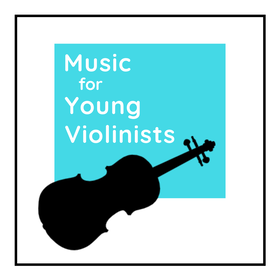
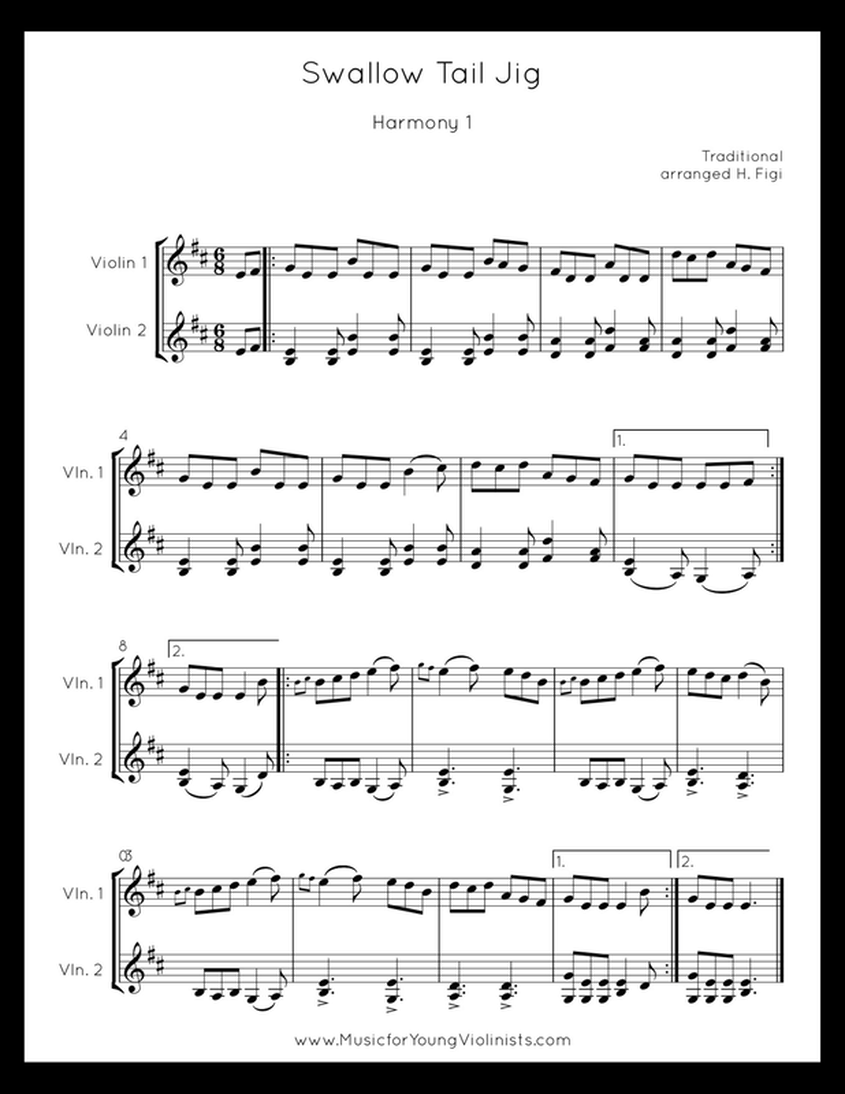
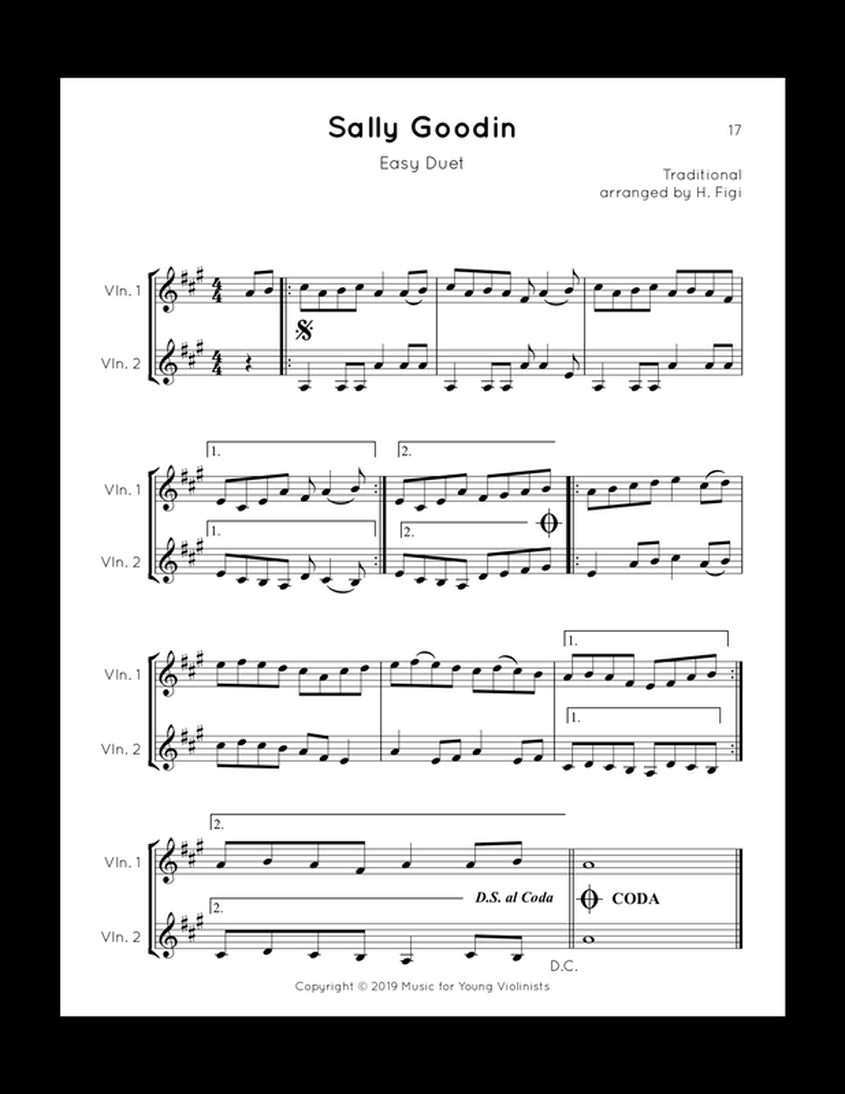
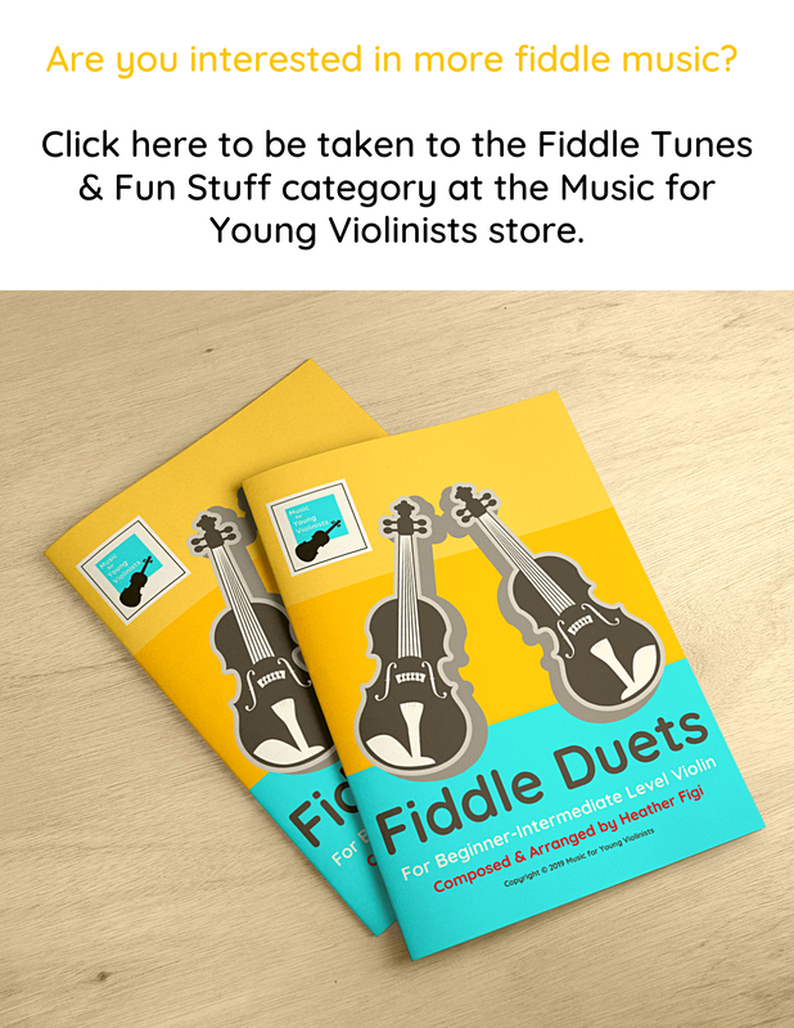
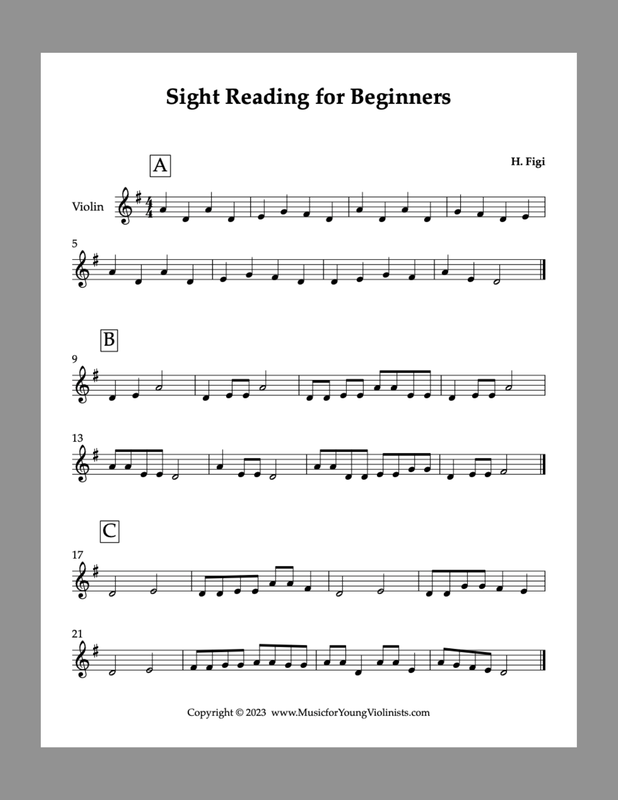
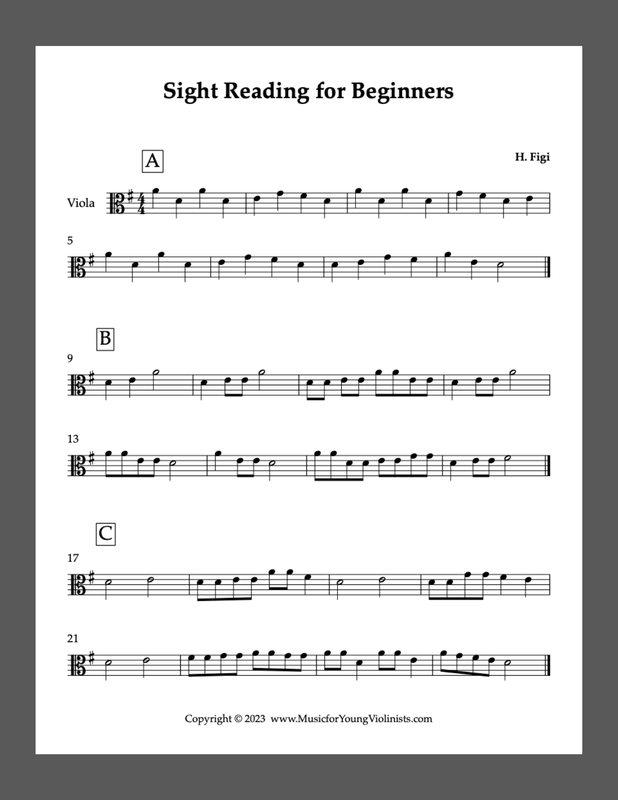
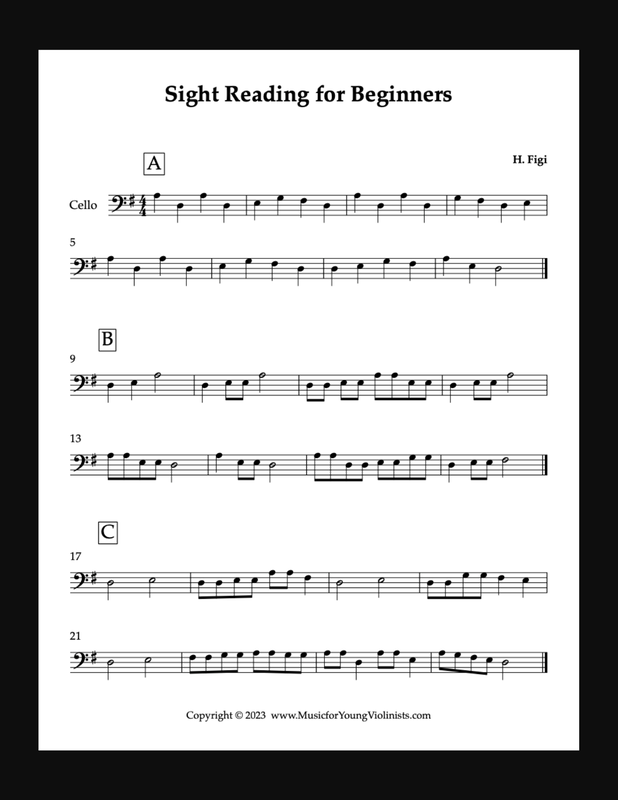
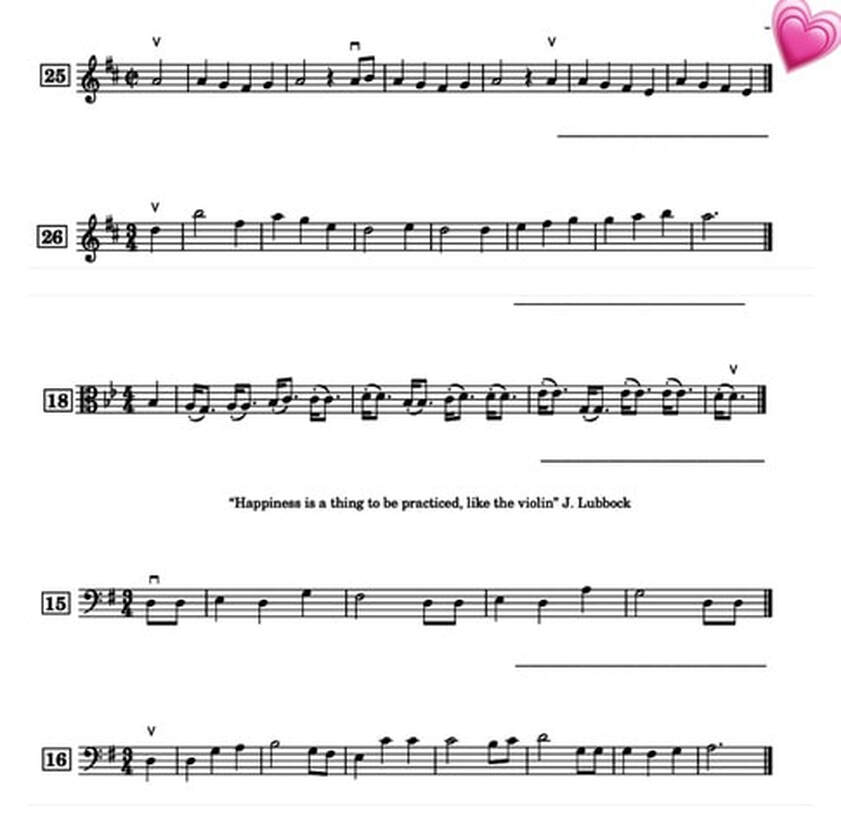
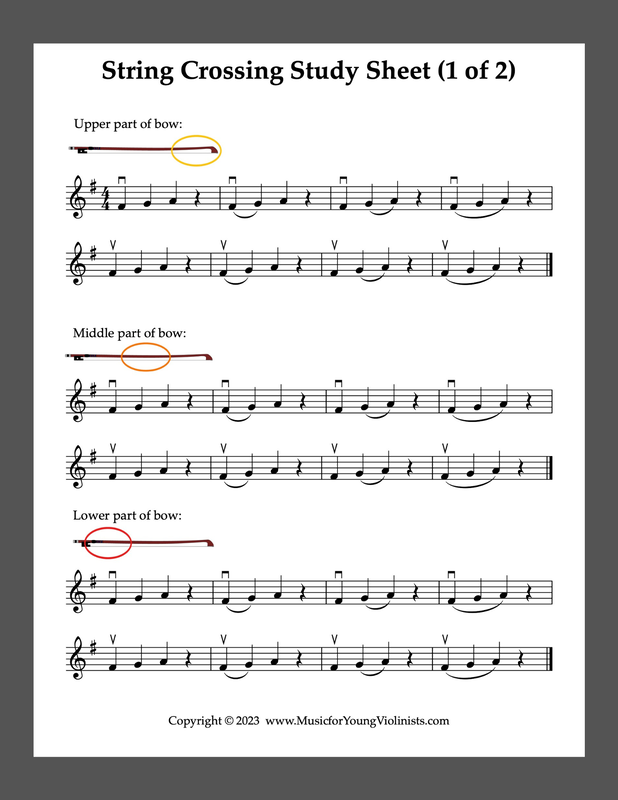
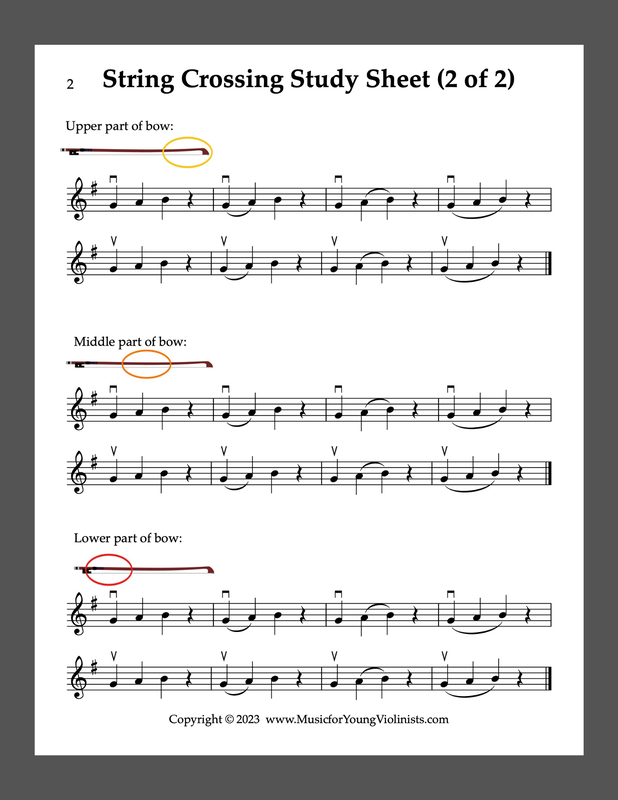
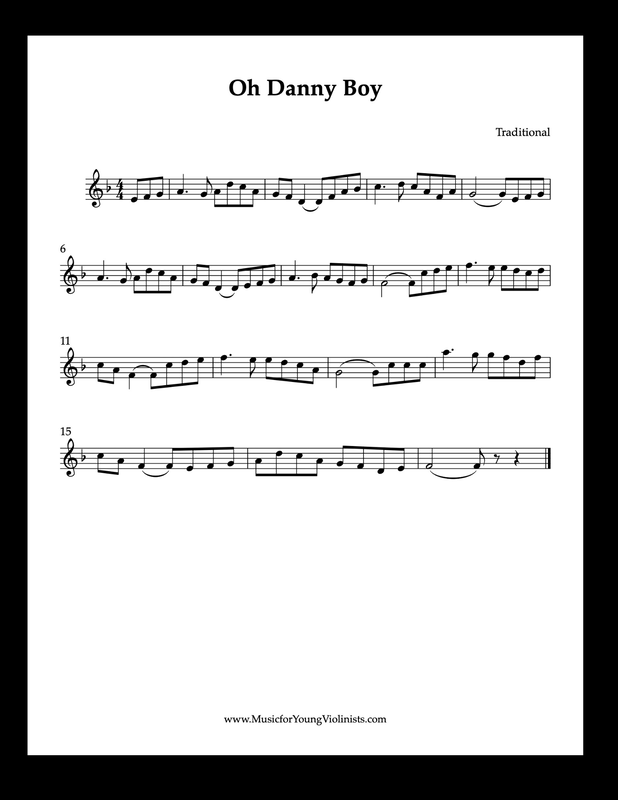
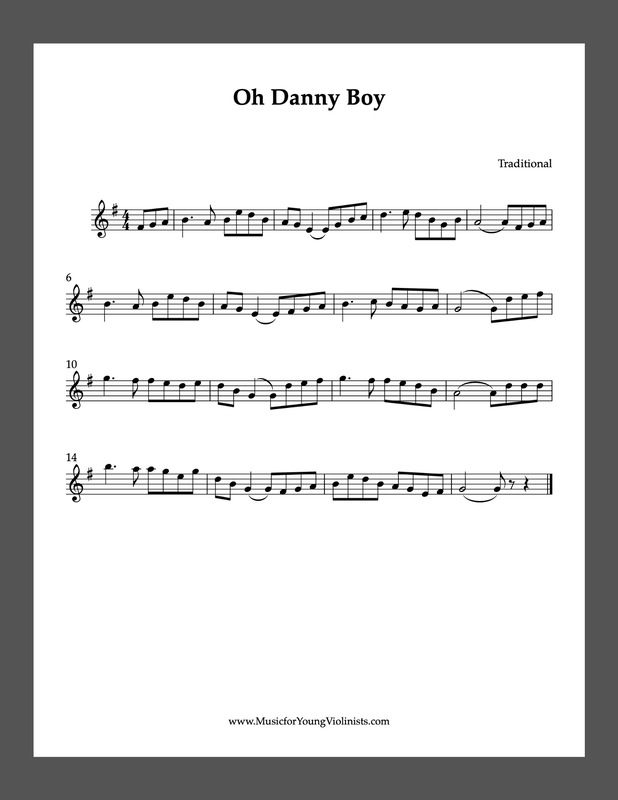
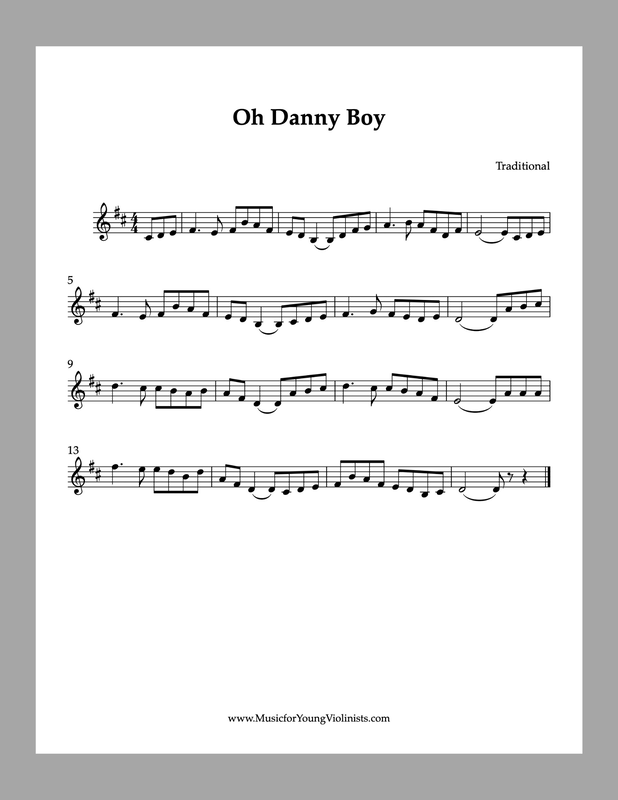
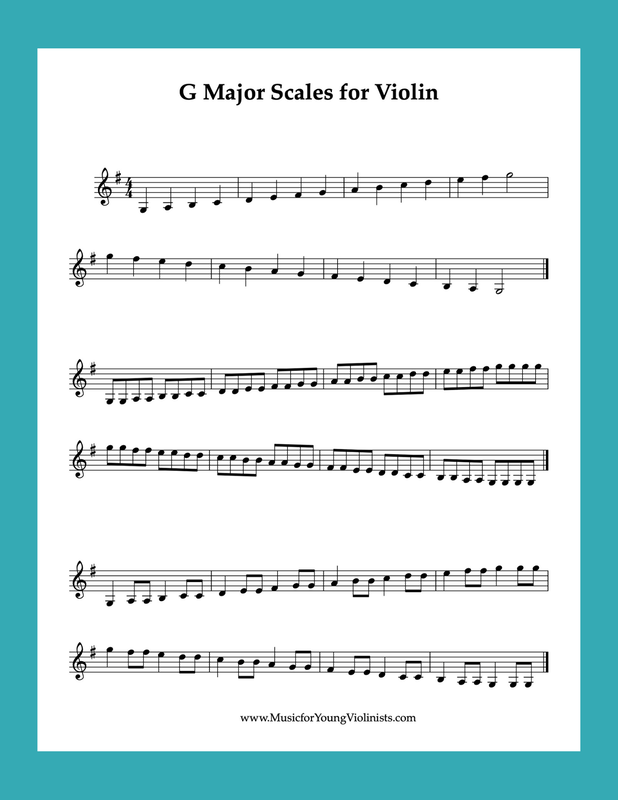
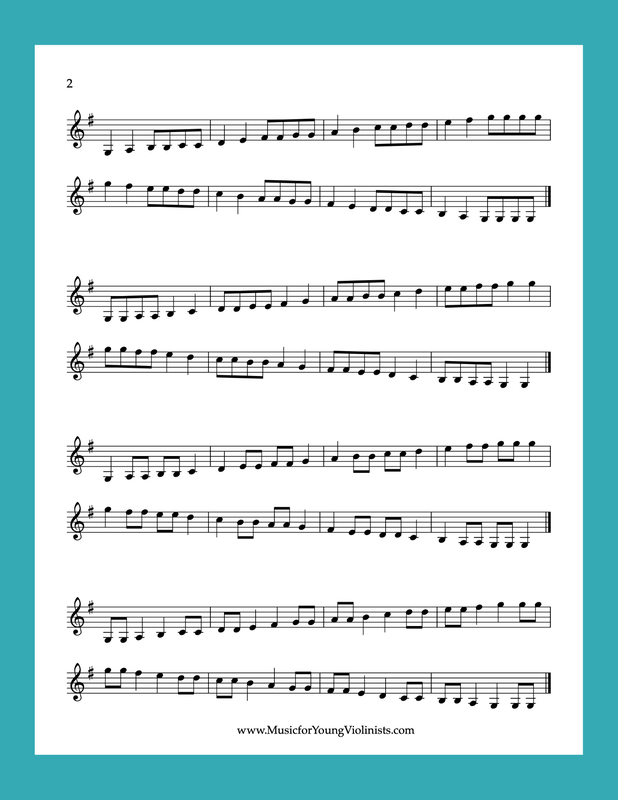
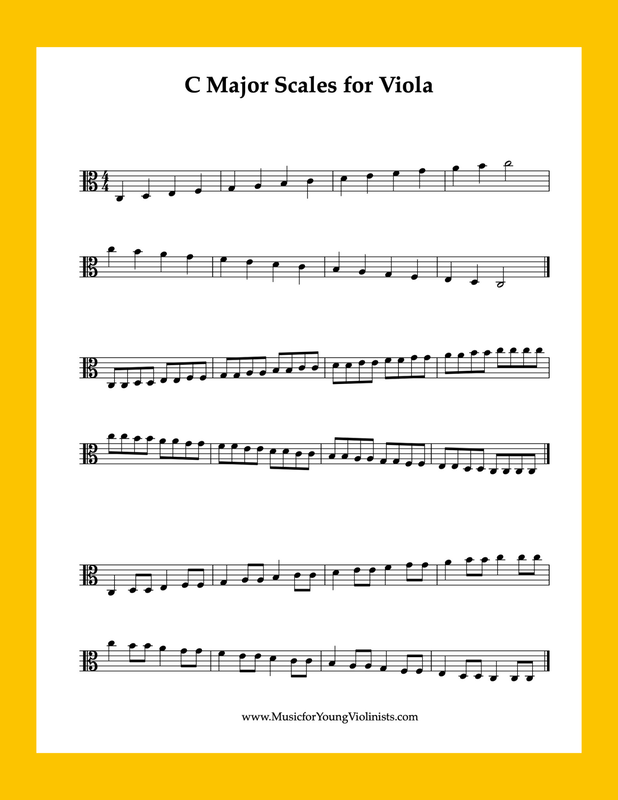
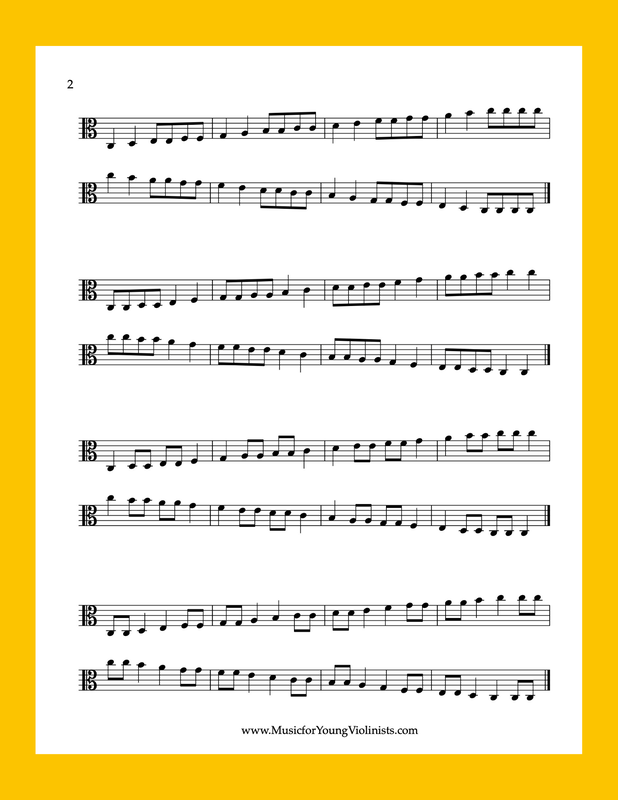
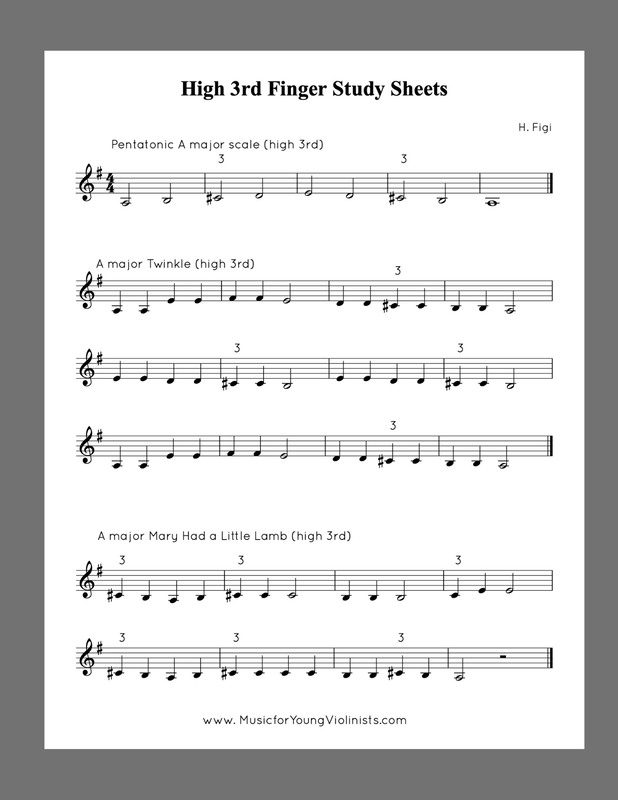
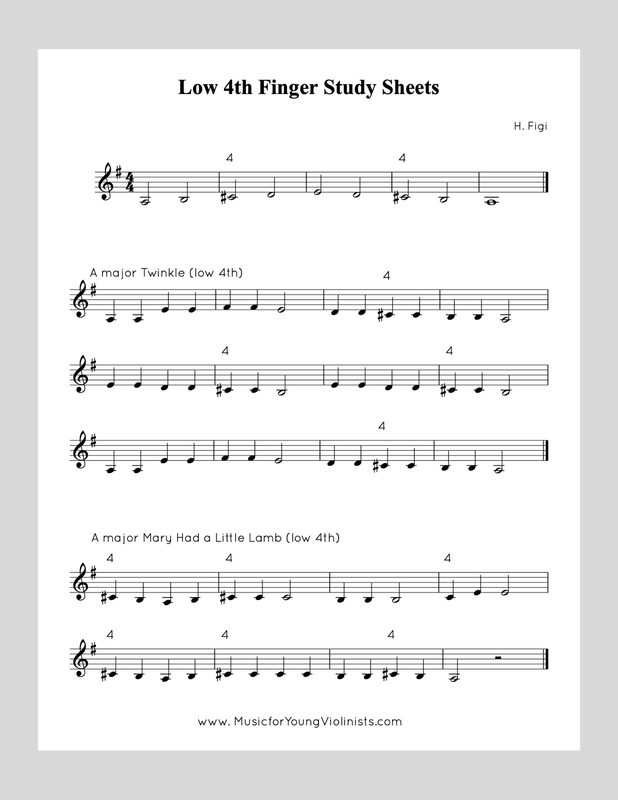
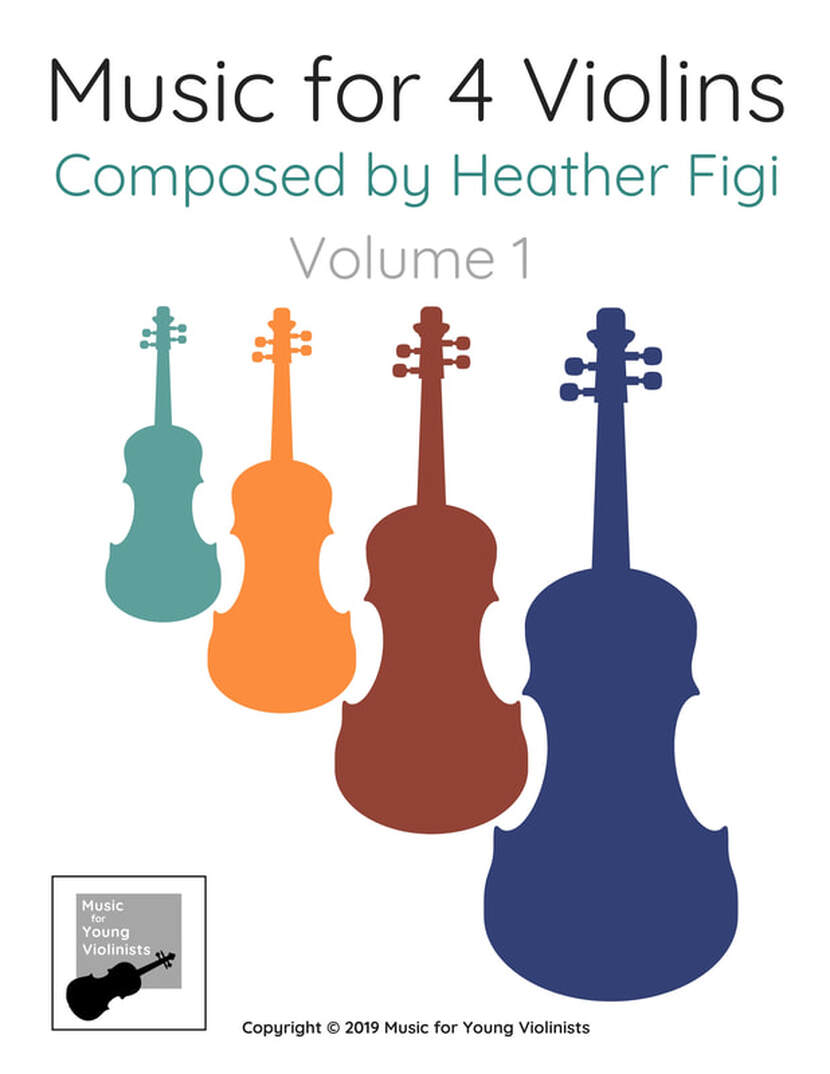
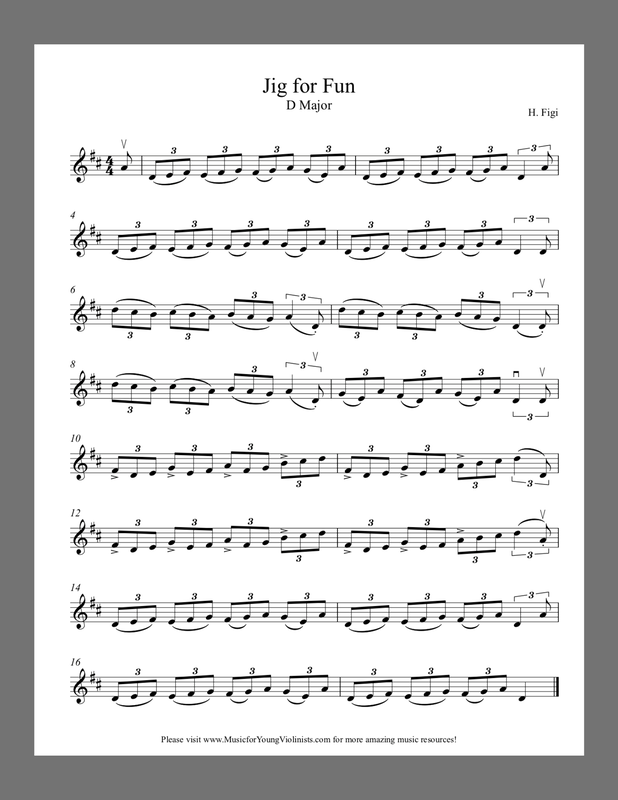
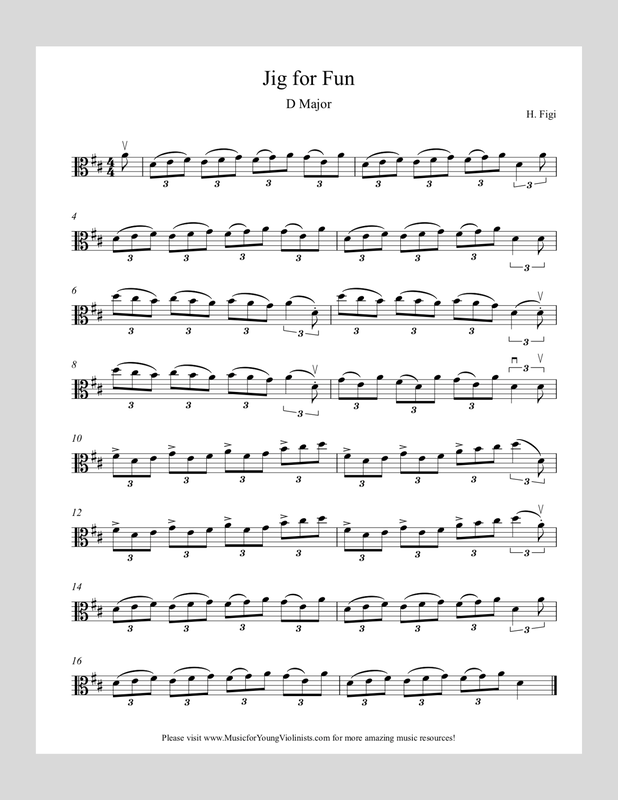
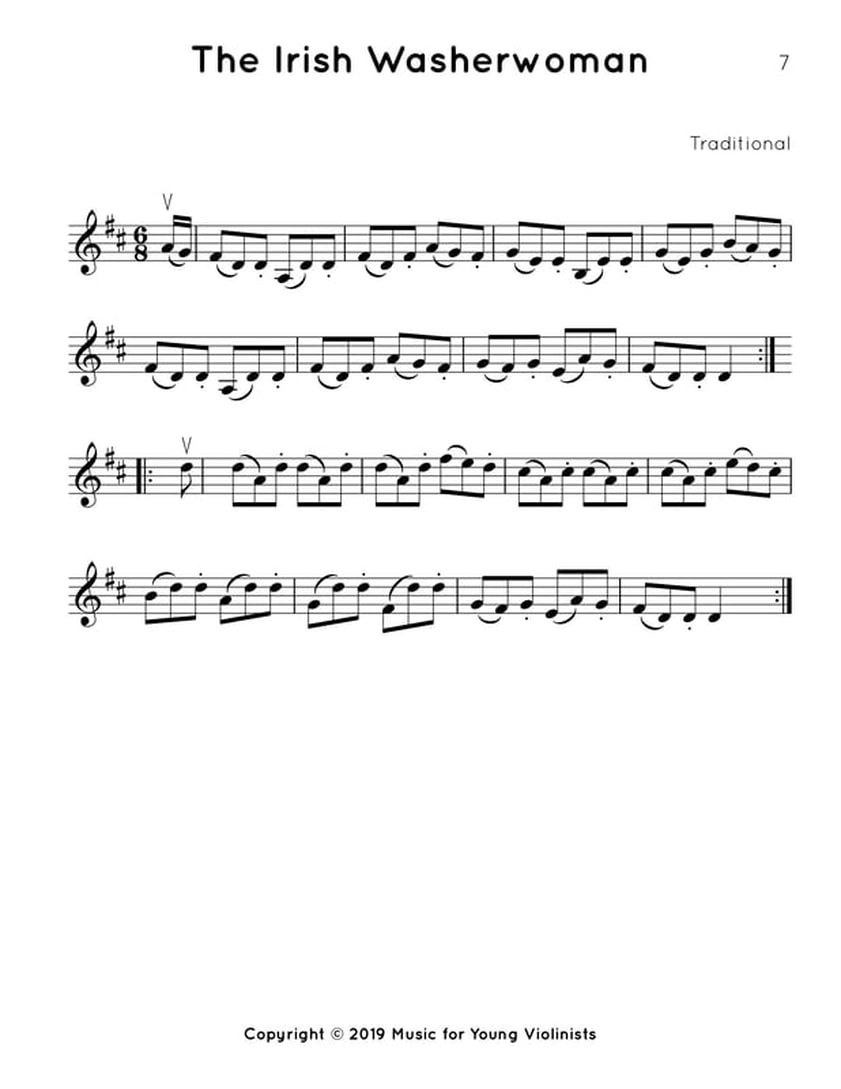
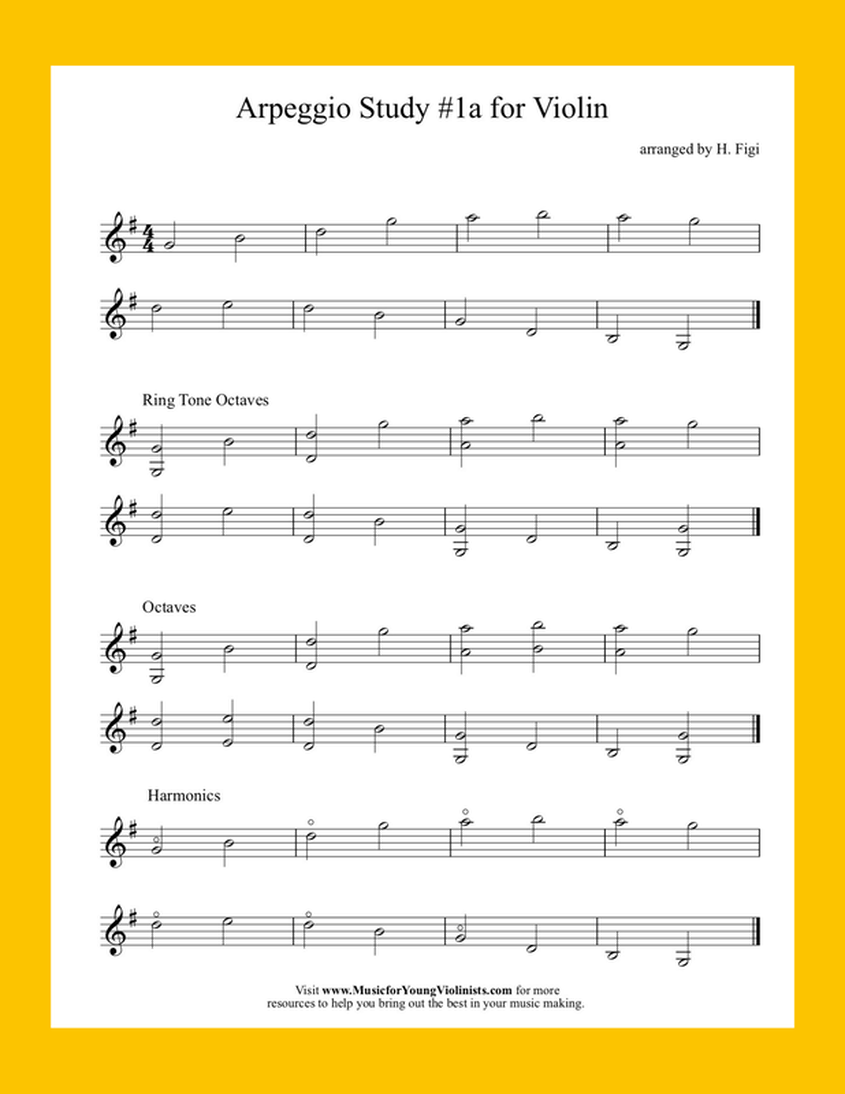
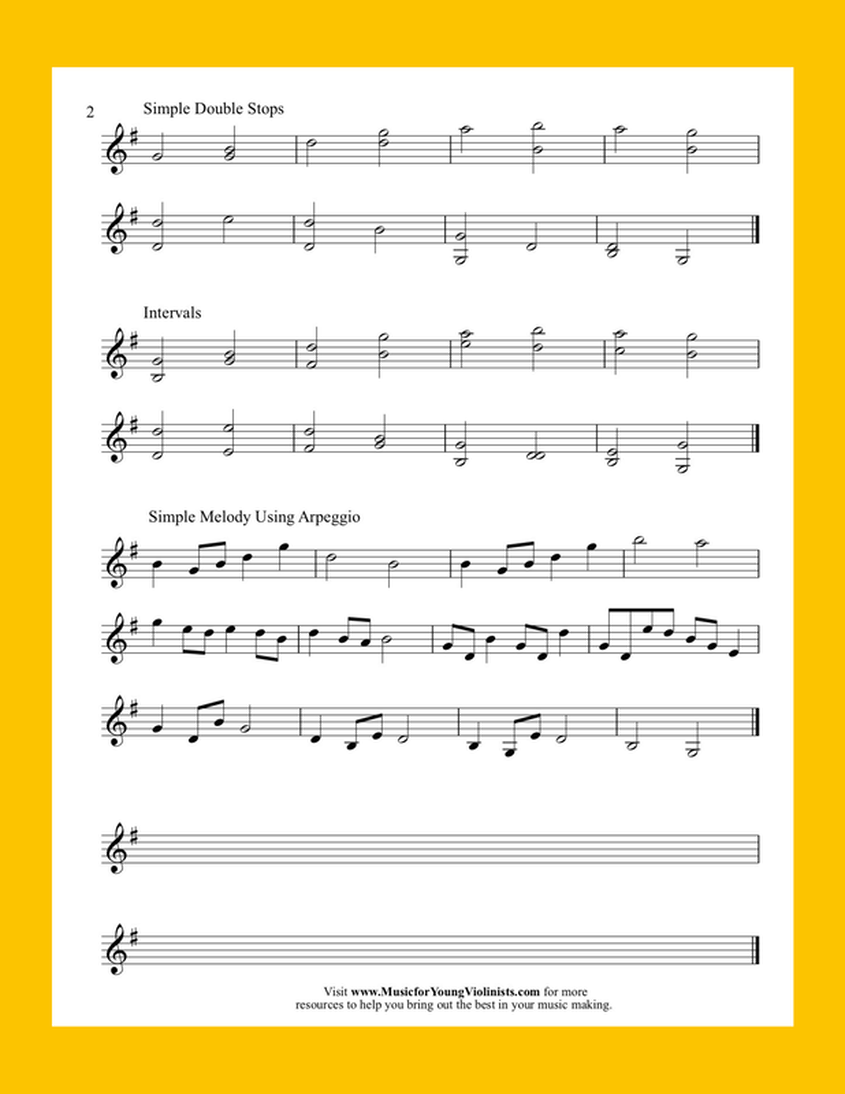
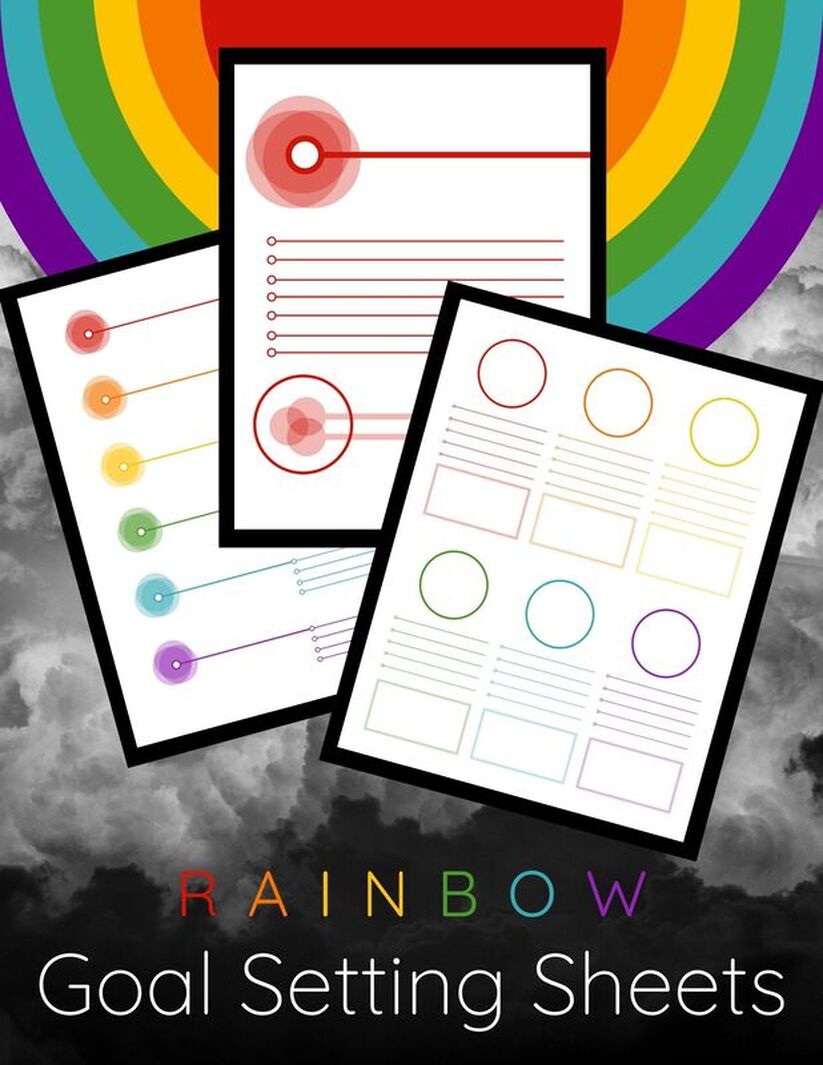
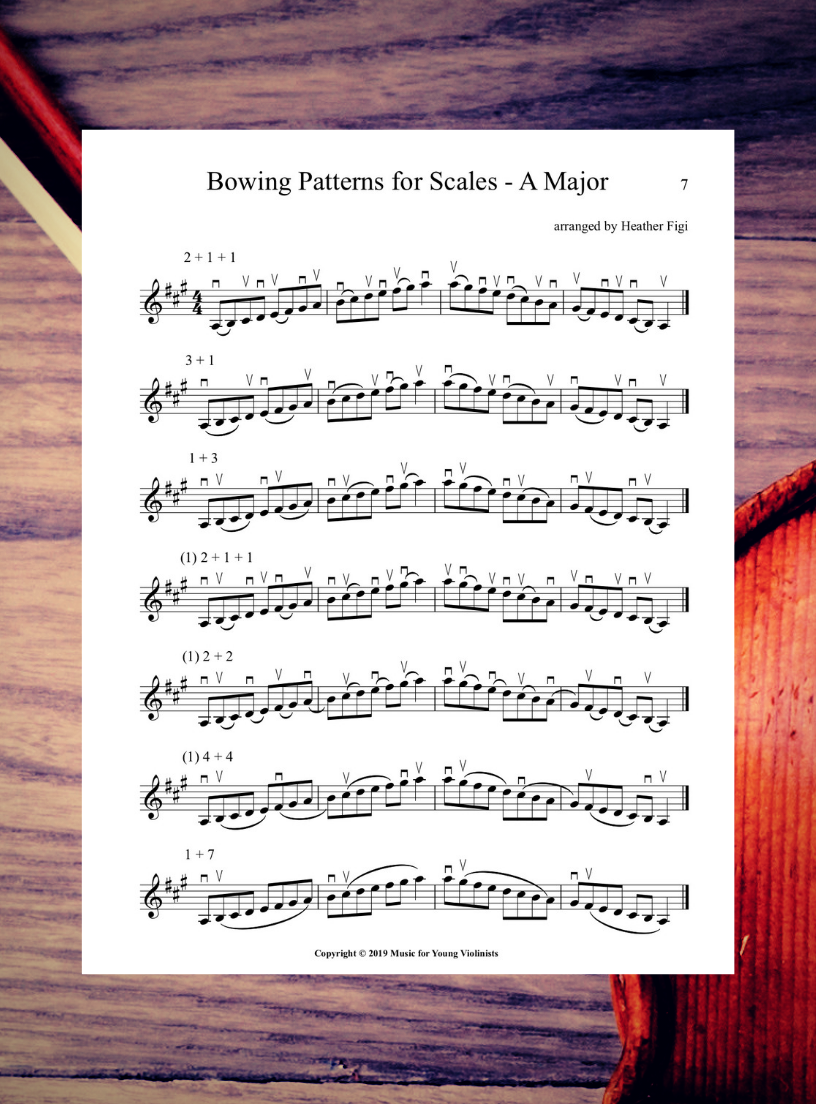
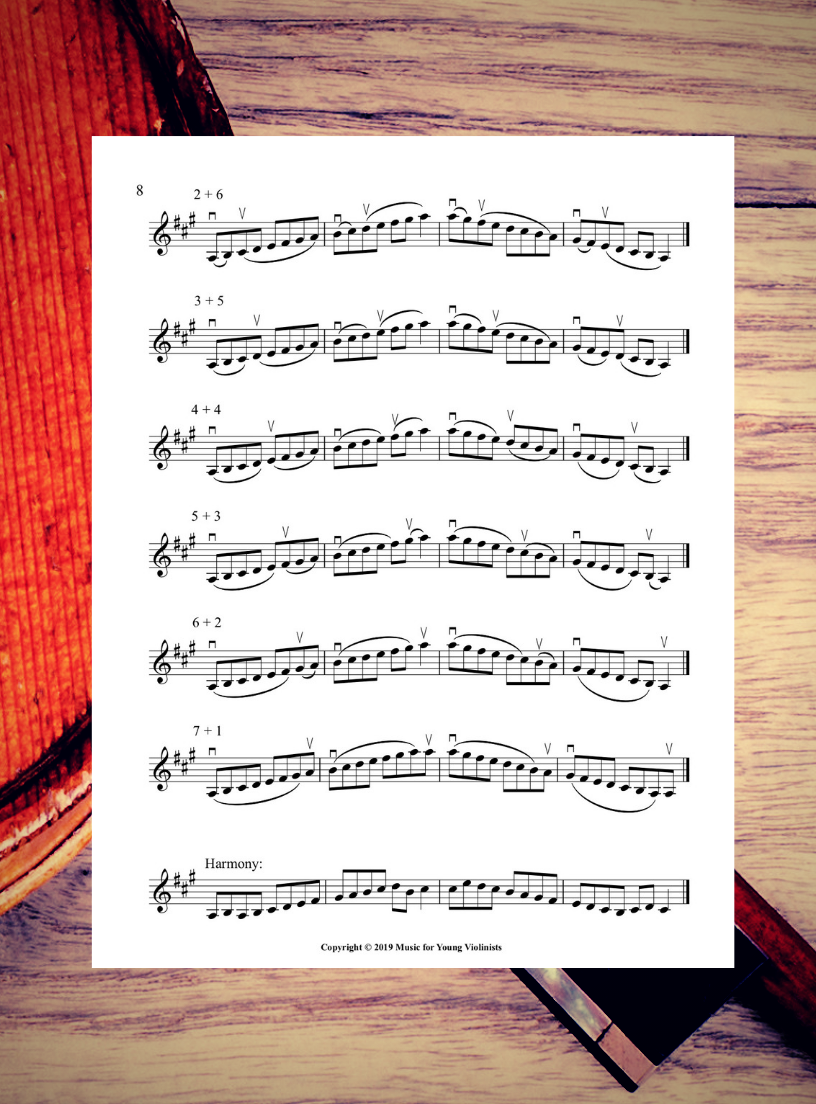
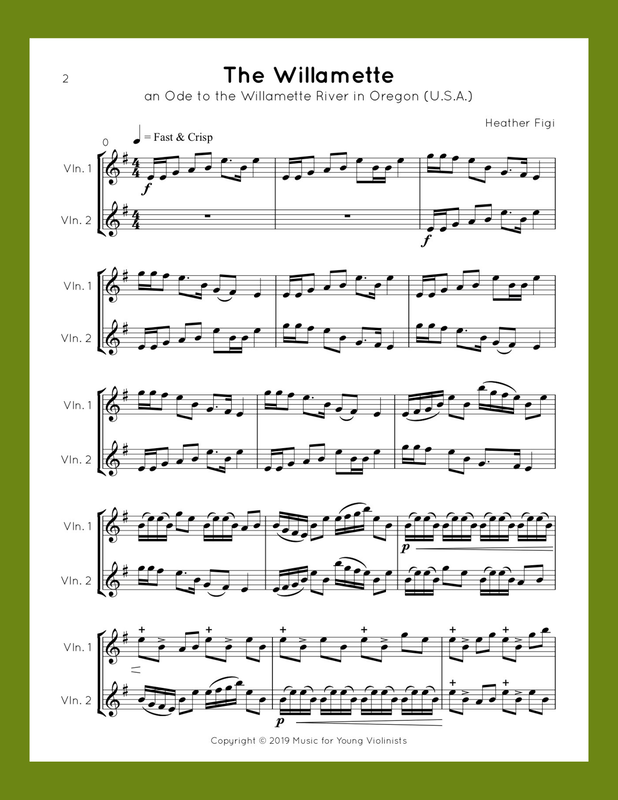
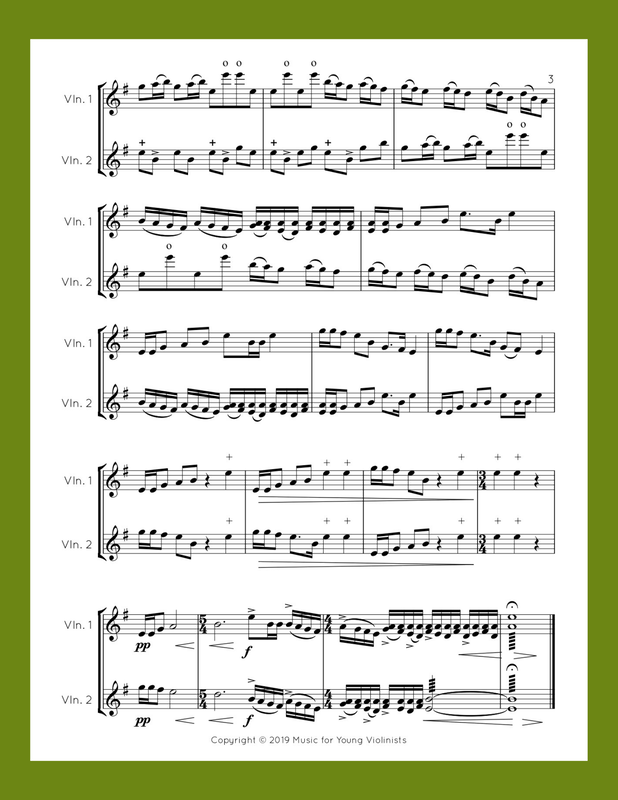
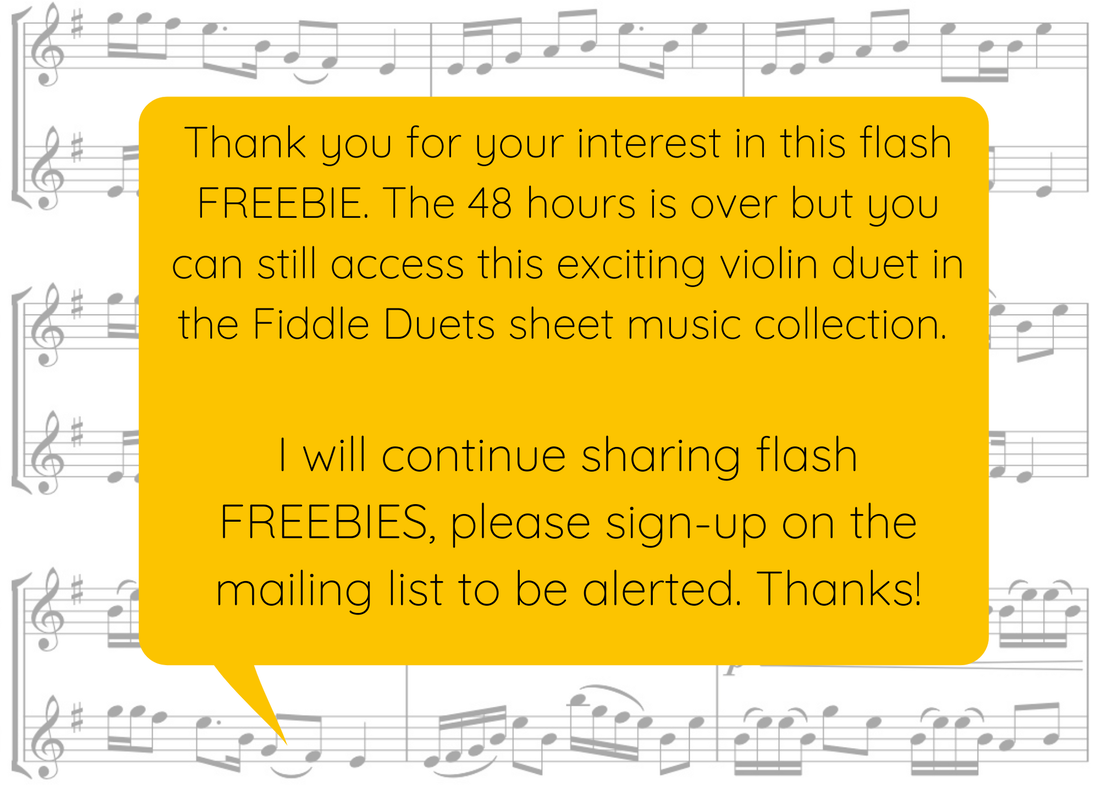
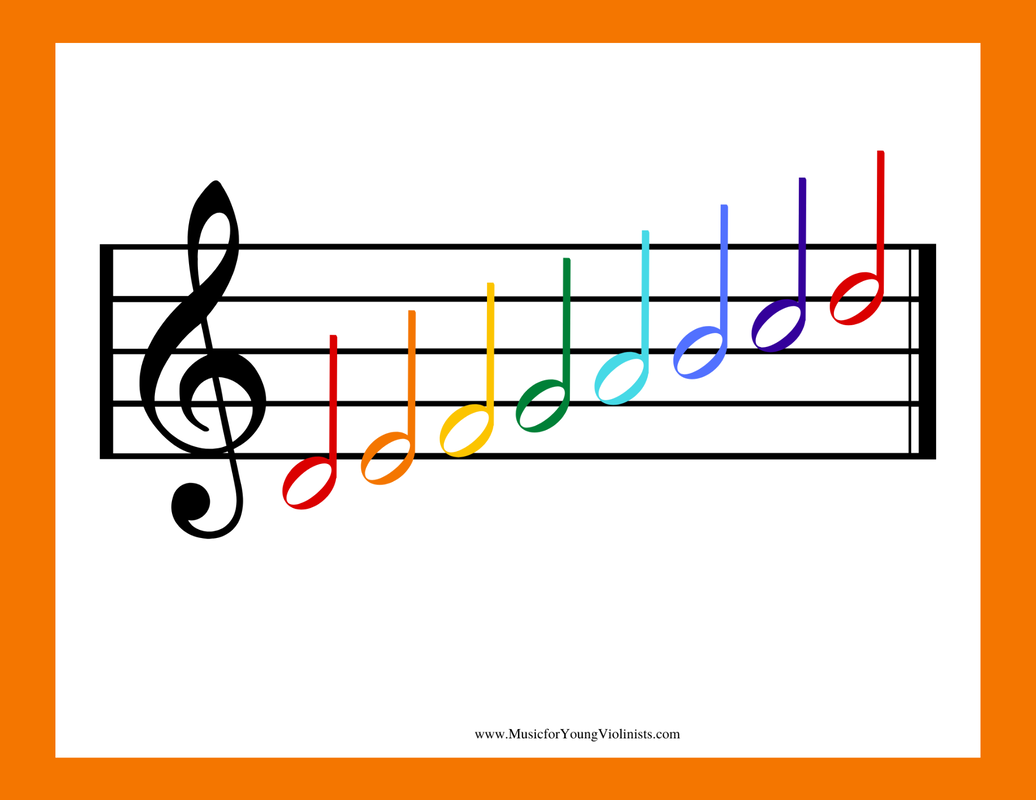
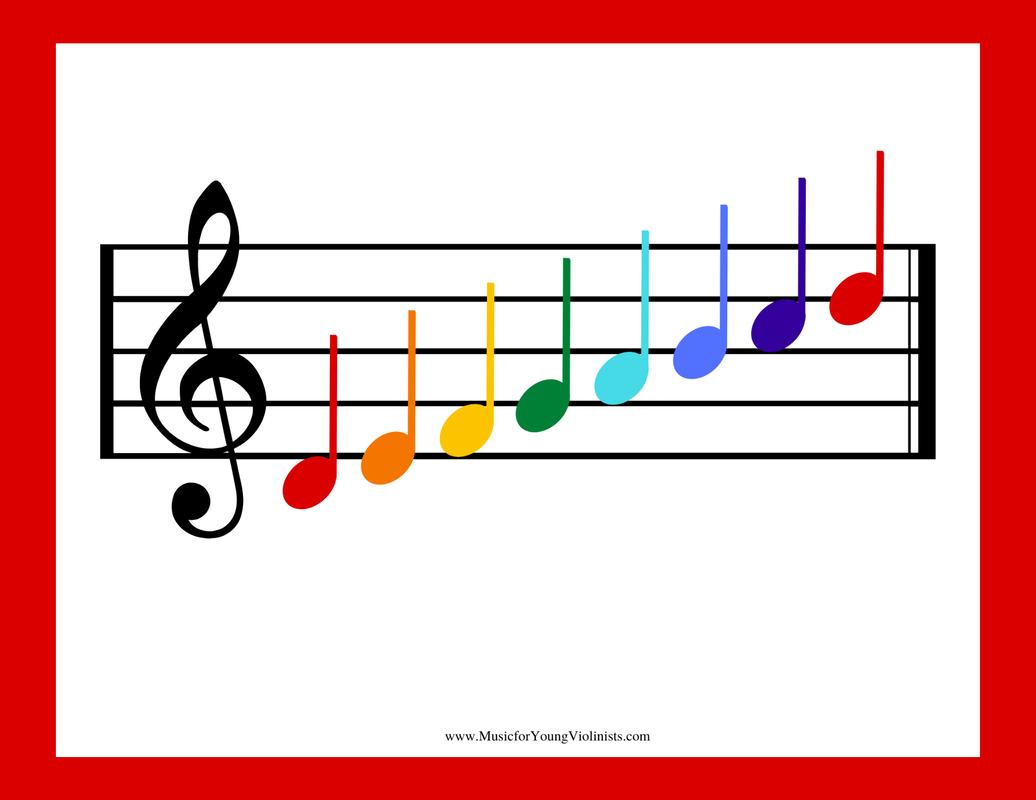
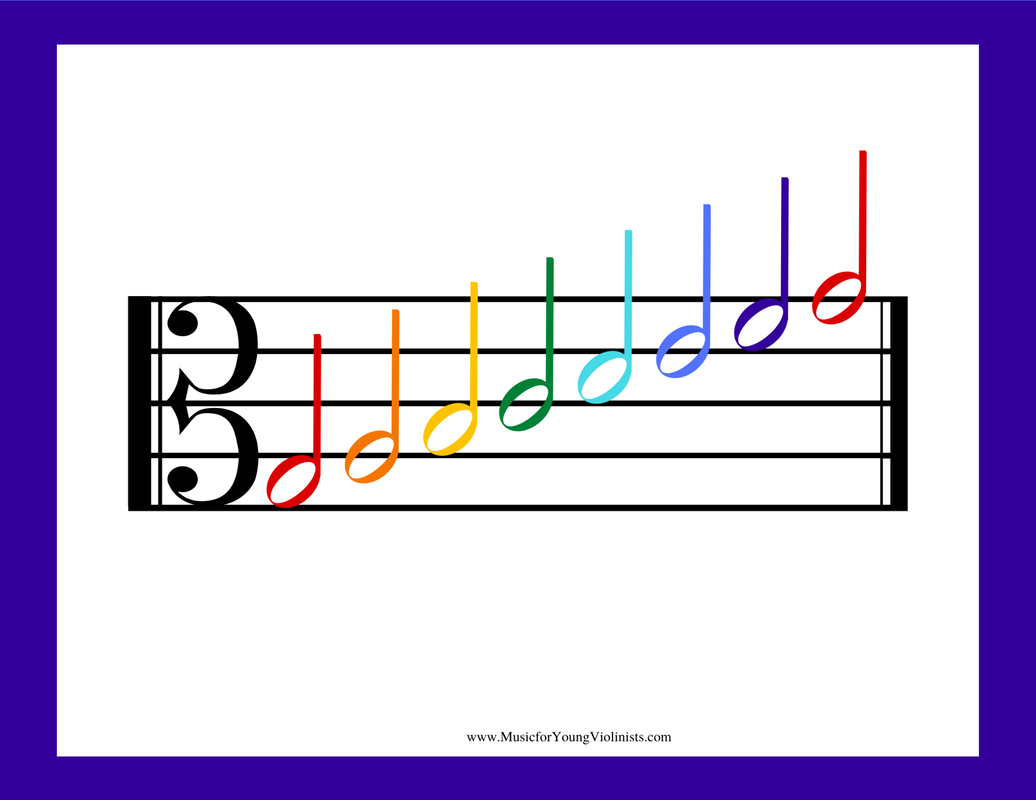
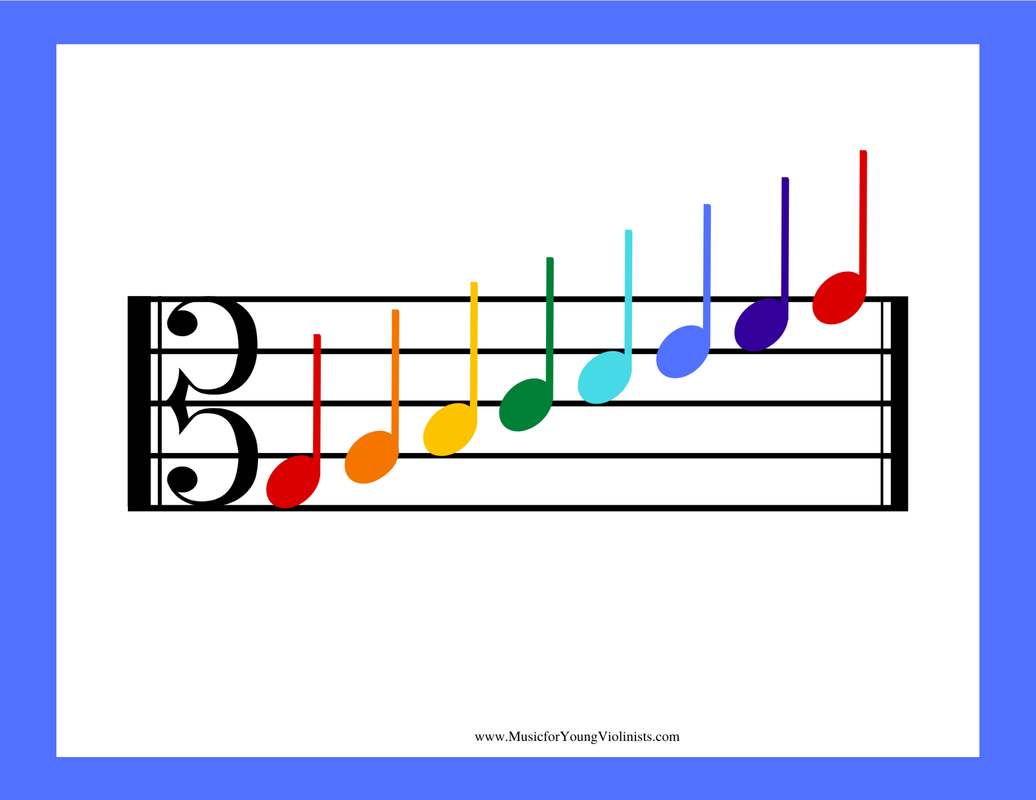
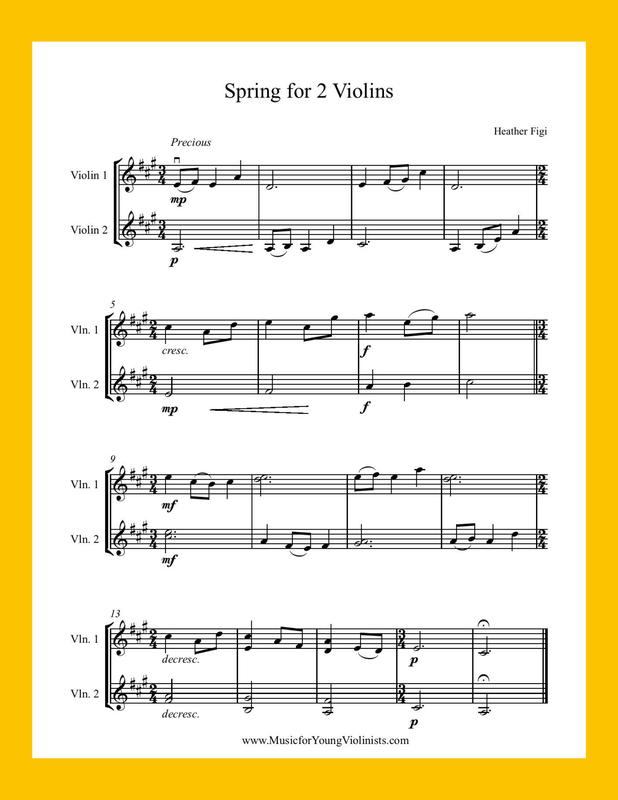
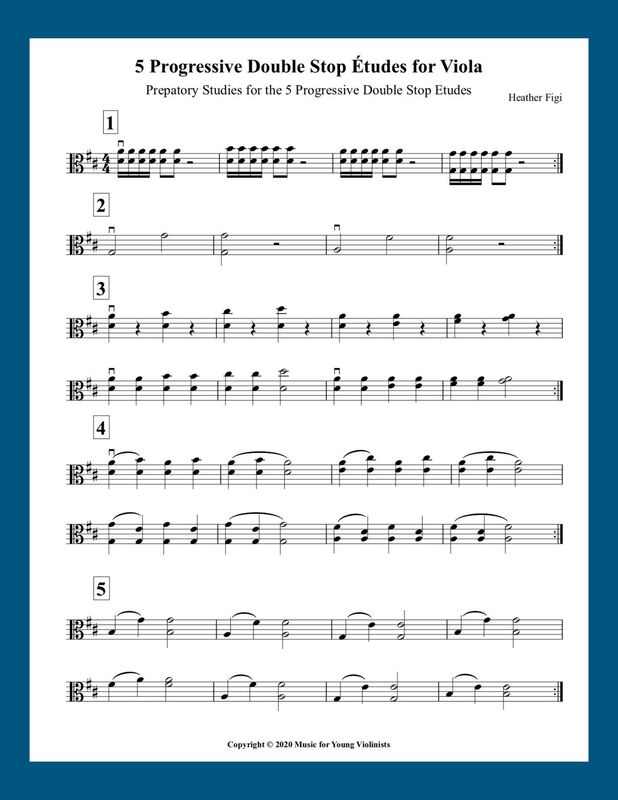
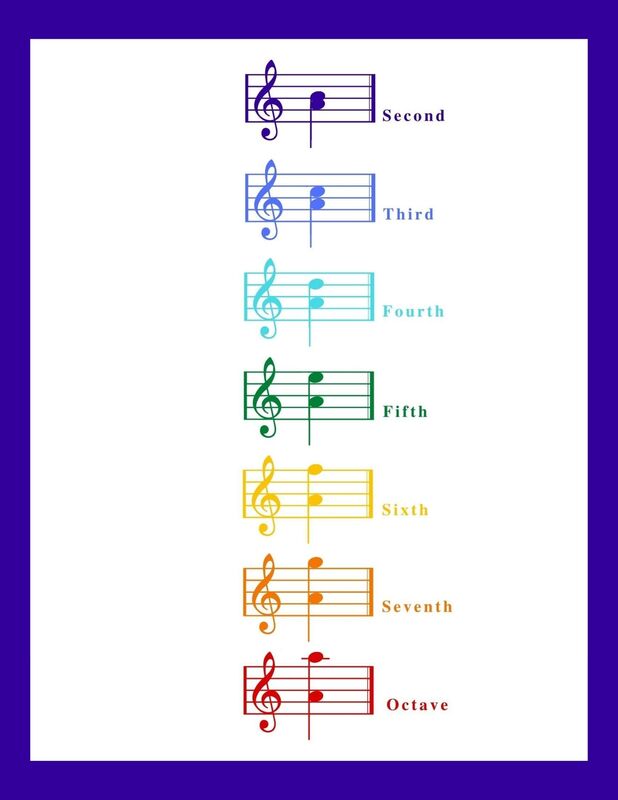
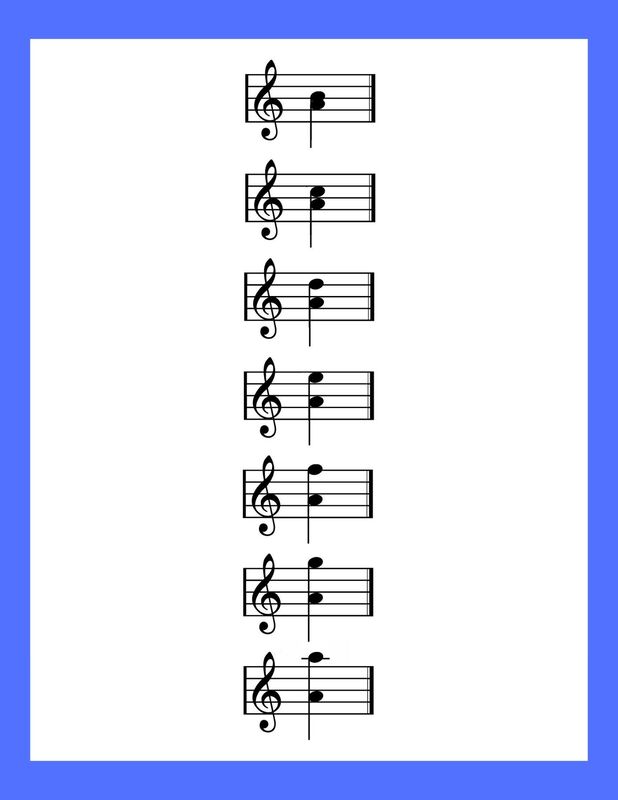
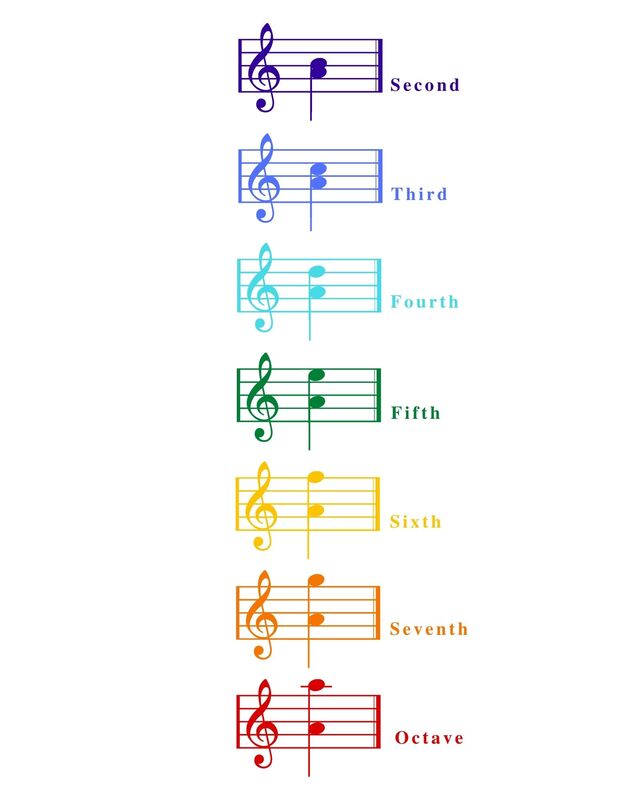
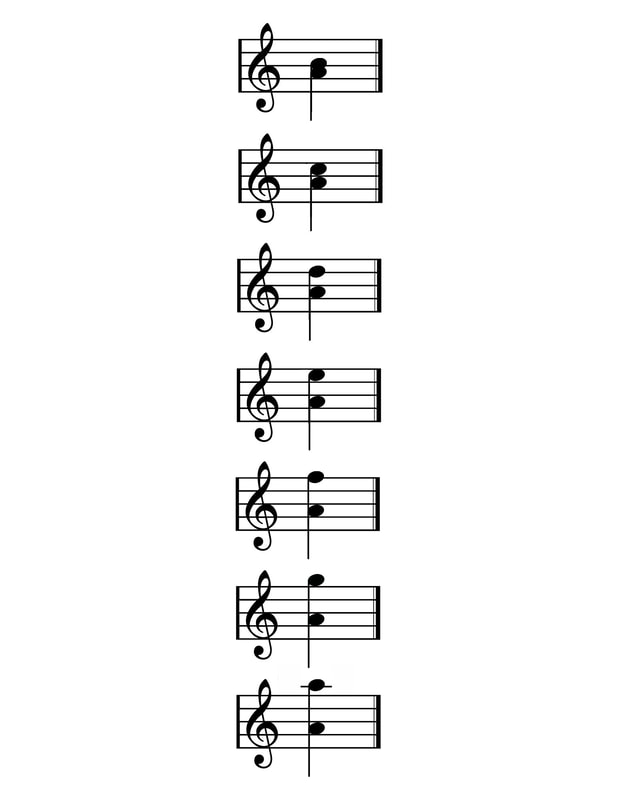
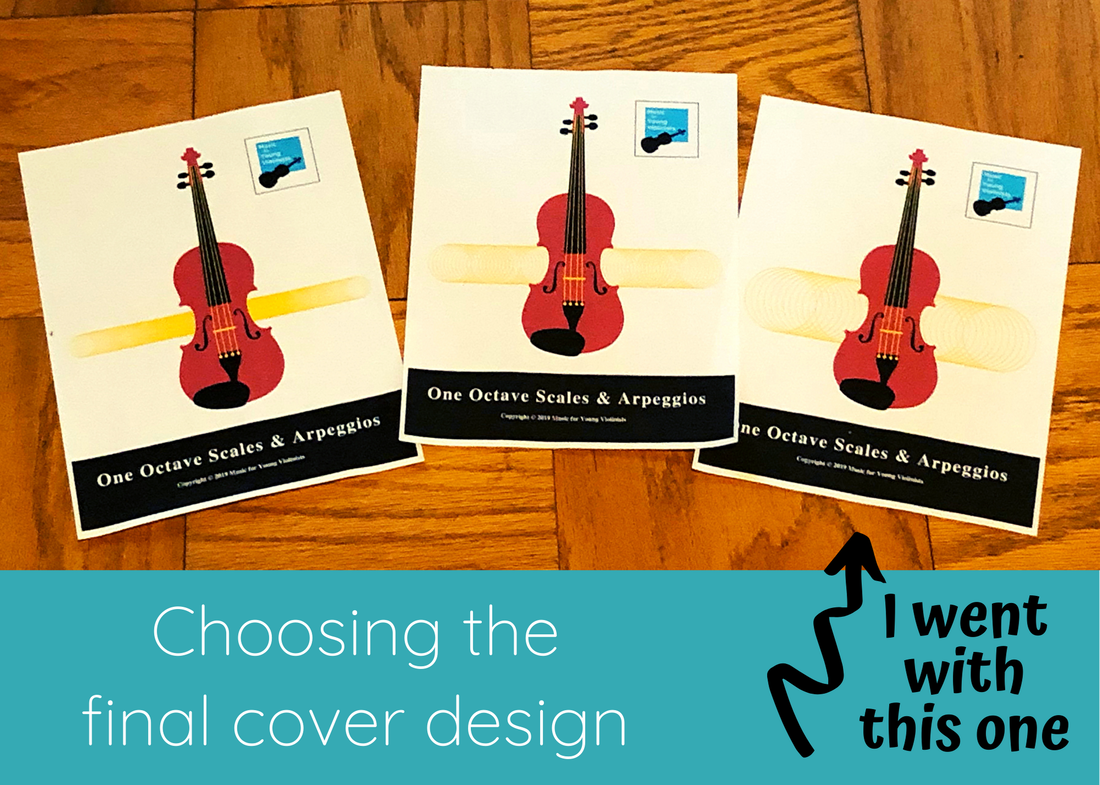
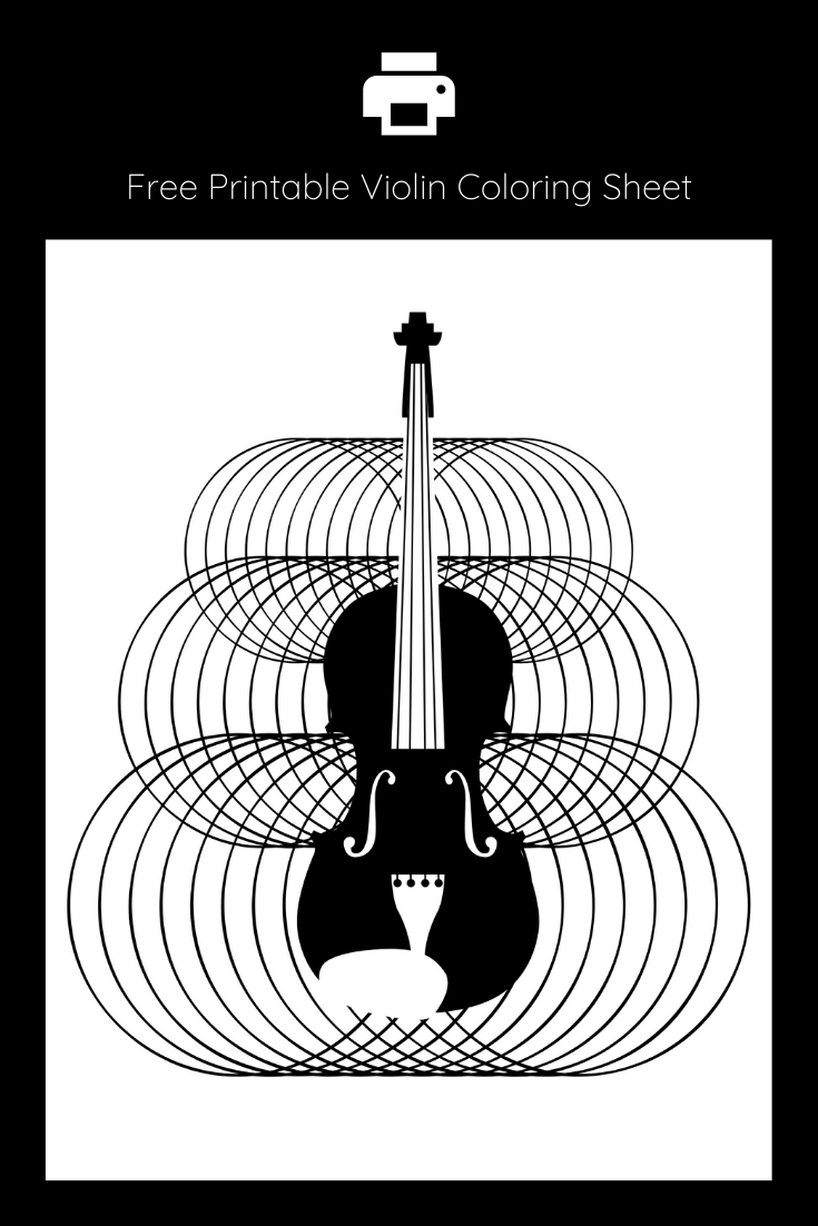
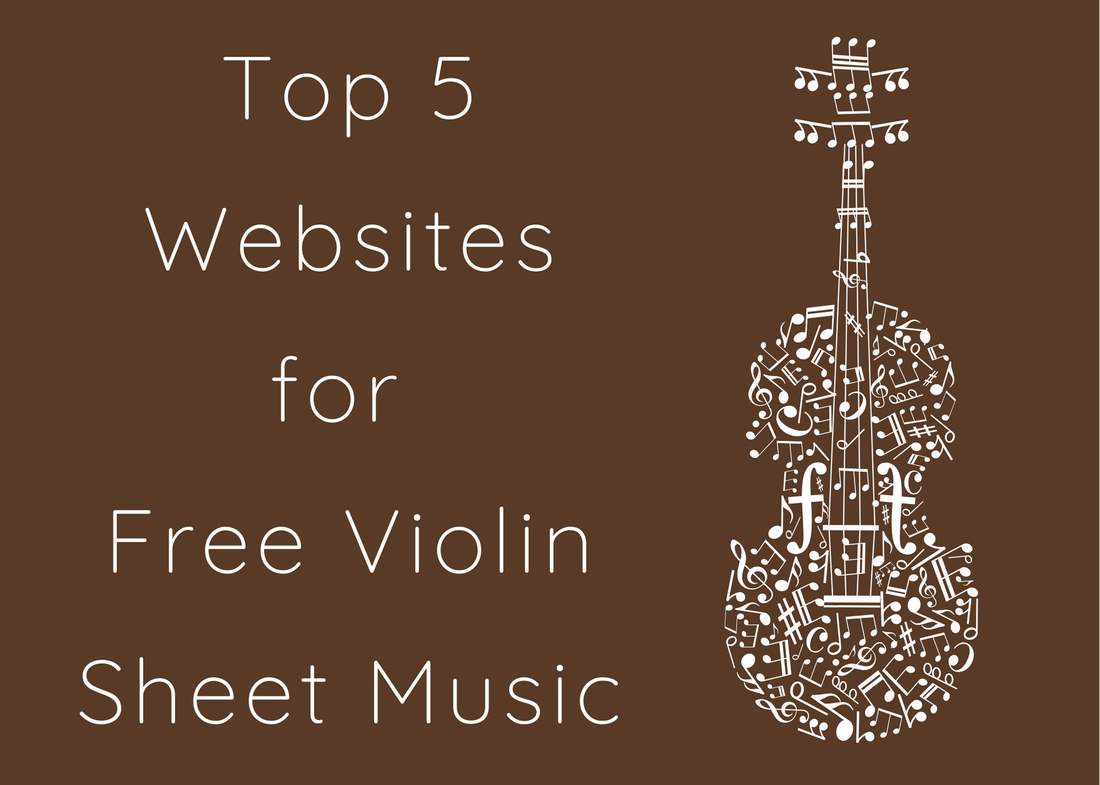
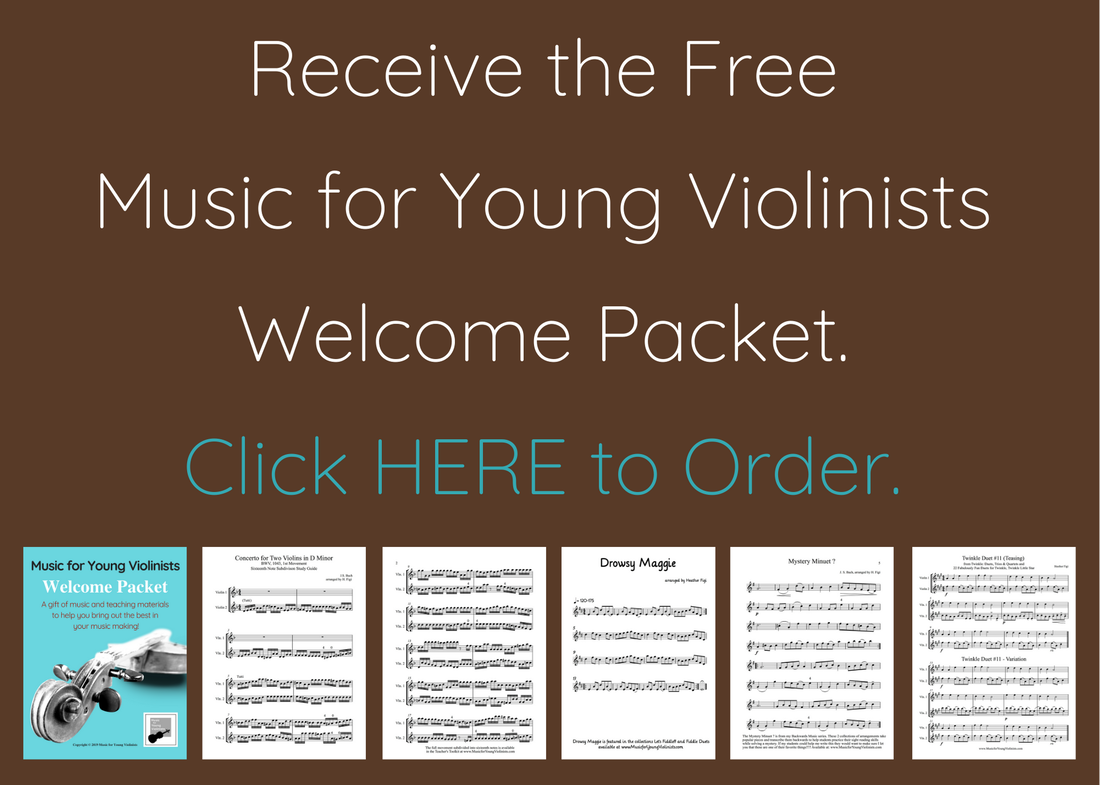
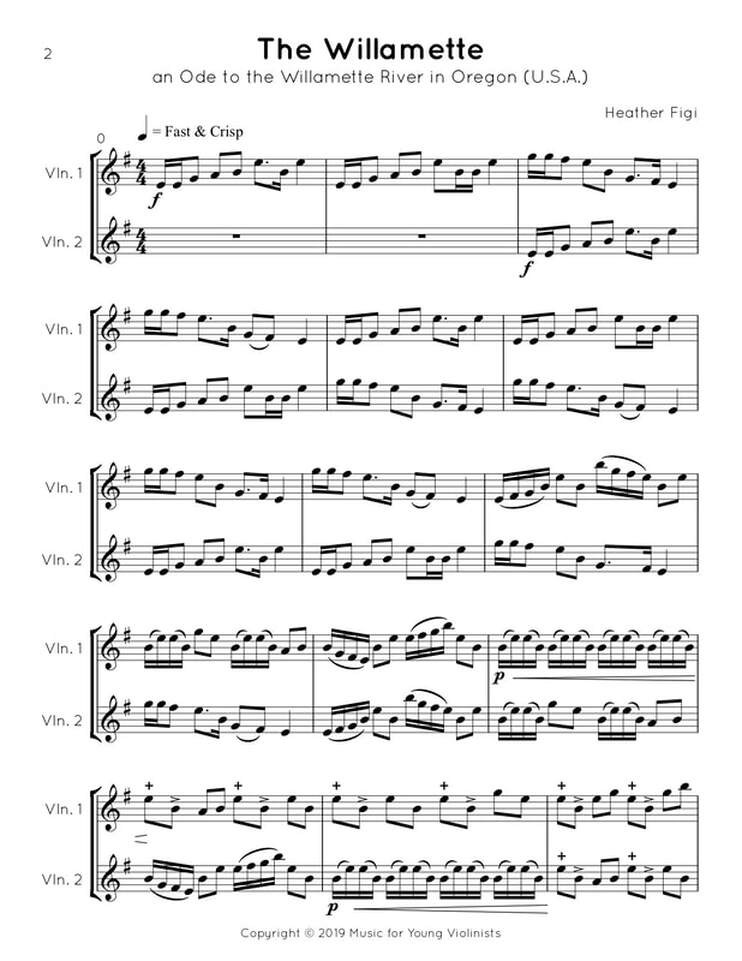
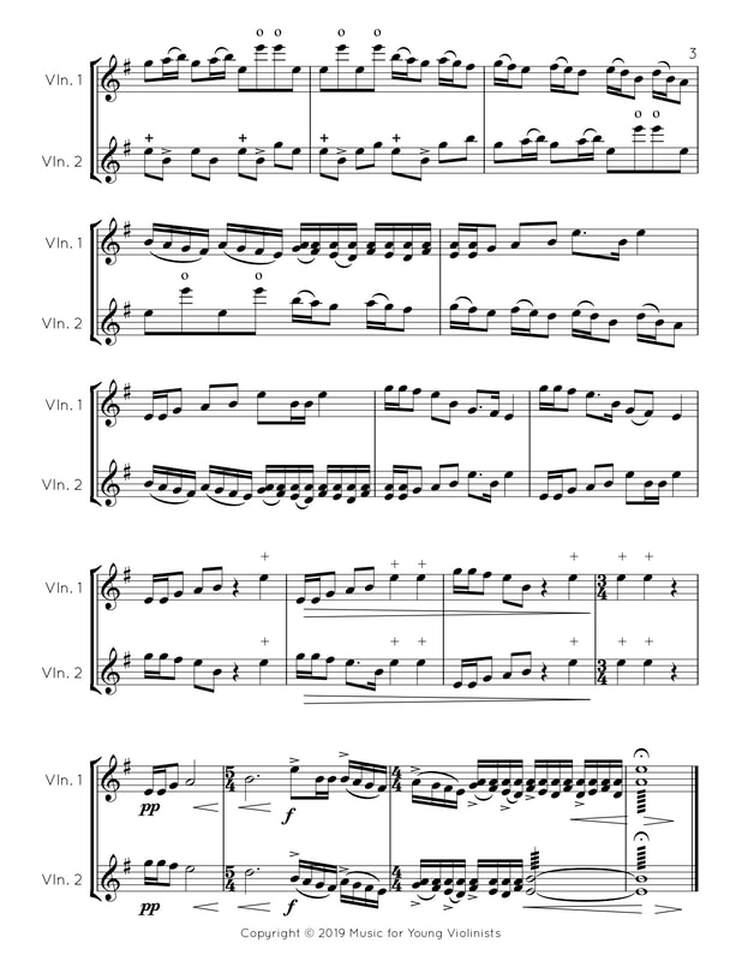
 RSS Feed
RSS Feed
